- Genuine off-road ability in a road-focused class
- Excellent infotainment system
- Reasonable on-road manners
- Poor value for money
- Dated interior lacks practicality
- Noisy and thirsty engine
In our modern age of range proliferation, car makers have had to think differently and make a greater range of products to suit widening tastes. New considerations such as emissions standards, buyer tastes and new corporate tie ups mean that a one-size fits all approach has become outdated and that car markers must adapt to survive. One such approach is downsizing SUVs to cater for those who don’t want a massive SUV – though still want some off-road ability. What’s a smaller off-road champion like? We tested the 2021 Jeep Compass Trailhawk to find out.
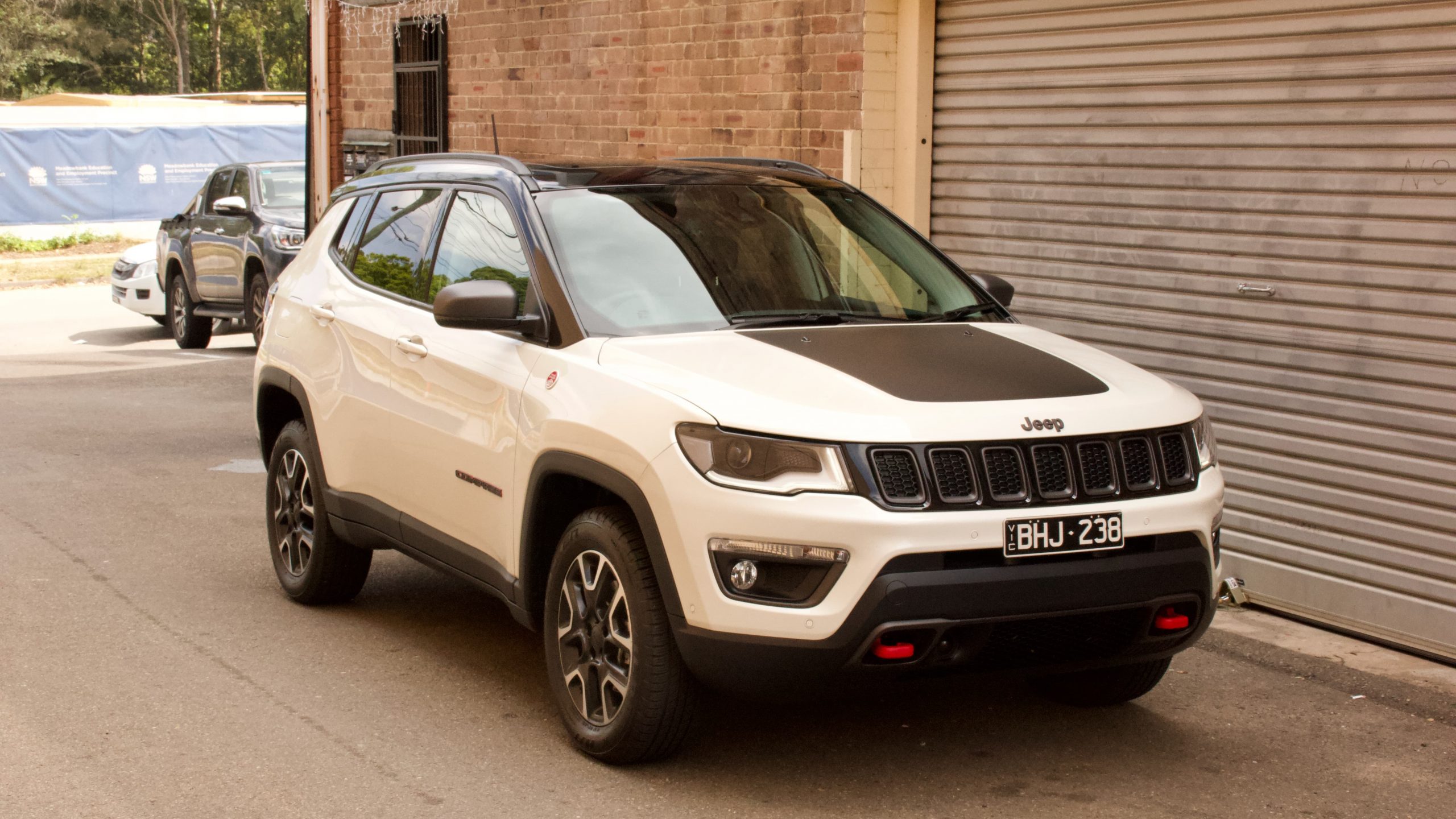
Gone are the days when Jeep made purely huge SUVs. Globally, its range still consists of the Grand Cherokee, its bread and butter, and Wrangler SUVs, but its range has both grown and shrunk to include larger and smaller models. The Compass is currently the smallest on offer locally – the even smaller Renegade used to be sold here but was axed to small sales – and it competes in the most populous segment in the country: small-to-mid-size SUVs. That means that it competes with a ride range of competitors from the Mitsubishi Eclipse Cross to the Toyota C-HR and Mazda CX-30, the Volkswagen T-Roc, Skoda Karoq and Subaru XV.
Price & Equipment: 6/10
Though the regular Compass is available from $36,950 plus on-road costs for the entry-level front-wheel drive Night Eagle variant, we tested the top-spec 2021 Jeep Compass Trailhawk. The Trailhawk is priced at $49,450 plus on-road costs (around $55,000 drive away) and is the only diesel-powered Compass available in Australia.
Standard kit on the Compass Trailhawk includes bi-xenon headlights with cornering lights, auto lights and wipers, 17-inch alloy wheels with off-road tyres, heated and auto-folding mirrors, keyless entry and start, dual-zone climate control with rear vents, roof rails, a leather-wrapped steering wheel and gearknob, an 8.4-inch touchscreen with satellite navigation, wired Apple CarPlay and Android Auto, digital radio, leather upholstery, an electric driver’s seat with memory functionality, heated front seats with lumbar adjustment, an electric tailgate, multiple USB-A port and a 150W/230V power plug in the rear seat.
Trailhawk-specific equipment includes the decals on the bonnet, the off-road bumper design with skid plates, a full-size spare wheel, exposed recovery hooks, all-weather floor mats, a black grille, Trailhawk badging and seat stitching and red detailing on the exterior and interior. It also includes Jeep’s ‘Active Drive Low’ four-wheel drive system with various off-road modes and even hill descent control.
Standard safety kit includes seven airbags, automatic emergency braking (AEB) with forward collision warning, adaptive cruise control, lane departure warning, blind-spot monitoring with rear cross-traffic alert, auto high beam, a reversing camera with front and rear parking sensors and automatic parking. Unavailable items include a heads-up display, rear auto braking, lane trace assist, pedestrian and cyclist detection for the auto braking system, driver attention monitoring and speed monitoring.
The only options available for the Compass Trailhawk are a $1,950 dual-pane panoramic sunroof and $645 premium paint, which includes options such as ‘Brilliant Black’, ‘Mojave Sand’, ‘Grey Magnesio’, ‘Minimal Grey’ and our test car’s ‘Vocal White’. The only non-cost colour option is ‘Colorado Red’.
Competitors to the 2021 Jeep Compass Trailhawk are few and far between. Sure, many comparable cars exist to the regular Compass, but off-road ability in this class is hard to come by. In all, we think that the Subaru XV is the Compass Trailhawk’s closest competitor in both size and off-road ability. There are also parallels between the Subaru and Jeep brands. The XV only comes in either petrol or hybrid power – the car’s off-road ability is the same no matter which engine you choose – and even the most expensive XV, the Hybrid S, is $45,612 drive away. That’s around $10,000 less expensive than the Trailhawk and yet it’s better equipped with more safety tech.
Another point to consider is what around $60,000 drive away buys you in the Jeep stable. A Cherokee Trailhawk is $58,500 drive away – and includes a low-range gearbox and a petrol V6 engine – while an entry-level Wrangler Sport S is $58,147 drive away. Even an entry-level Grand Cherokee is just shy of $66,000, which further proves that the Compass Trailhawk really should be cheaper to buy.
Performance & Economy: 7/10
Under the bonnet of the 2021 Jeep Compass Trailhawk is a ‘Multijet’ 2.0-litre turbocharged four-cylinder diesel engine that’s actually a unique option in this segment – every competitor is either petrol-powered or a hybrid. The engine produces 125kW of power and 350Nm of torque (at just 1,750rpm), which are reasonable numbers, and it’s matched to a nine-speed automatic transmission. This compares favourably to the Subaru’s gutless 110kW petrol engine, which is solely mated to a CVT automatic transmission.
In SUVs, we believe there to be many reasons to buy a diesel-powered vehicle, especially with the off-road and touring driving of the Compass Trailhawk that it’s been designed for. Peak torque is available from just above idle and you don’t have to rev it to get the most out of it. That’s a good thing because the engine in the Compass Trailhawk is loud and unrefined, even warmed up and you never really escape the noise either. While it offers reasonable pulling power, it’s not quick – the 0-100km/h sprint is completed in a claimed 9.7 seconds.
The nine-speed automatic transmission is a good unit, though. It’s intuitive and does a good job in handling the car’s somewhat narrow torque band. It also helps the Compass Trailhawk off road – unlike a proper off-roader such as the larger Jeep Cherokee Trailhawk, the Compass Trailhawk doesn’t feature a low-range gearbox. The Compass Trailhawk can tow 1,500kg.
Jeep claims that the Compass Trailhawk is rated at 5.7L/100km on a combined cycle – a full 4L/100km less than the 2.4L petrol Compass – though we achieved a higher 8.4L/100km in driving skewed towards urban use. It features a large 66-litre fuel tank though, so those using their Compass Trailhawk on the open could potentially get more than 1,200km from a tank.
Ride & Off-Road Ability: 8/10
First off, the on-road stuff, which the Compass Trailhawk is surprisingly adept at. It’s not sporty or firm, instead it’s quite comfortable and demonstrates good body control – even on Sydney’s rubbish roads. The steering is light but suitably meaty, while the all-round visibility is reasonable enough for city life. A 360-degree parking camera would help things further.
Off-road, the Compass is a mixed bag. The 225mm ground clearance is good, as are the underbody skid plates, various off-road modes such as snow, sand, mud and rock, hill descent control and its short front and rear overhangs allow for pretty good 30-degree approach and 33.6-degree departure angles. Its wading depth is 480mm as well, and for a small-to-medium SUV, this is all quite positive.
Like other all-wheel drive soft roaders, in normal driving it’s front-wheel drive – only when the system detects slip does it engage the rear wheels. Or you can press the 4WD Lock button to split the power distribution evenly between the front and rear. But unlike a slightly-more-expensive Cherokee Trailhawk or other off-roaders available for the price such as the Isuzu MU-X, there’s no low-range gearing. Instead, like the Volkswagen Amarok, the Compass relies on a short first gear to act as the car’s ‘off-road’ gear and while it’s a good solution for most buyers who will only drive the car on dirt roads or light tracks, those wanting something more serious will have to look elsewhere.
Positioned more as a soft-roader that can do reasonable off-road driving, the 2021 Jeep Compass Trailhawk shines. But do be aware that much more serious off-roaders are available for around the same cost – some even from the Jeep stable.
Interior & Practicality: 7/10
The cabin of the 2021 Jeep Compass is a comfortable and well-featured environment, though it’s hardly the last word in quality or modernity. The materials used are nicely grained and mostly soft touch, though the leather quality and even the basic plastic surround of the centre screen looks far more expensive in piano black in lower Compass models. The red cabin highlights add some colour, but ultimately, the 15-year old Fiat switchgear – such as the stalks and window controls – adds to the dated feeling inside the Compass.
The Compass’ ‘U-Connect’ 8.4-inch touchscreen is largely excellent, though. It’s modern, it features a wide variety of functionality, including inbuilt navigation, digital radio, wired Apple CarPlay and Android Auto, plus off-road information pages and the screen quality is excellent and it’s really easy to use as well. The six-speaker sound system is nothing special, but gets the job done.
The practically inside the Compass is nothing special, unfortunately – a Subaru XV is much better in this regard. The reasonable door pockets are combined with small cupholders, a small cubby beneath the centre armrest and almost no centre console storage. Plugging your phone in to the dash-mounted USB port is interesting as there is actually nowhere to put your phone, for example. A secret cubby underneath the seat base of the passenger’s seat helps, but we expect more storage solutions from a company famous for making practical off-road vehicles.
But the rear seat of the Compass Trailhawk is totally acceptable for the segment. Two adults even up to around six-feet tall will be more than comfortable with fine leg- and even headroom – the latter despite our test car’s optional panoramic roof. The back seat is well featured too with a centre armrest (that doubles as a ski port/access to the boot) with cupholders, air vents, a USB port, a 230V power socket, two map pockets and reasonable door pockets as well.
Bootspace of the 2021 Jeep Compass Trailhawk is rated at 438-litres, which is quite a lot larger than the shallow boot of the Subaru XV and folding the seats almost flat gives you around 1,200L. The boot features a few tricks such as a dual-sided boot mat, though the boot close button is oddly mounted on inside of the boot. Under the floor is a full-size spare wheel.
Service & Warranty: 8/10
As part of a recent upgrade in after sales care, Jeep covers the Compass Trailhawk with a five-year/100,000km warranty with five years of capped price servicing and roadside assistance for however long the car is serviced through a Jeep dealership. The Compass diesel’s service intervals are once yearly or every 20,000km, whichever comes first. The first five services are a reasonable $399 each for a five year/100,000km ownership cost of $1,995.
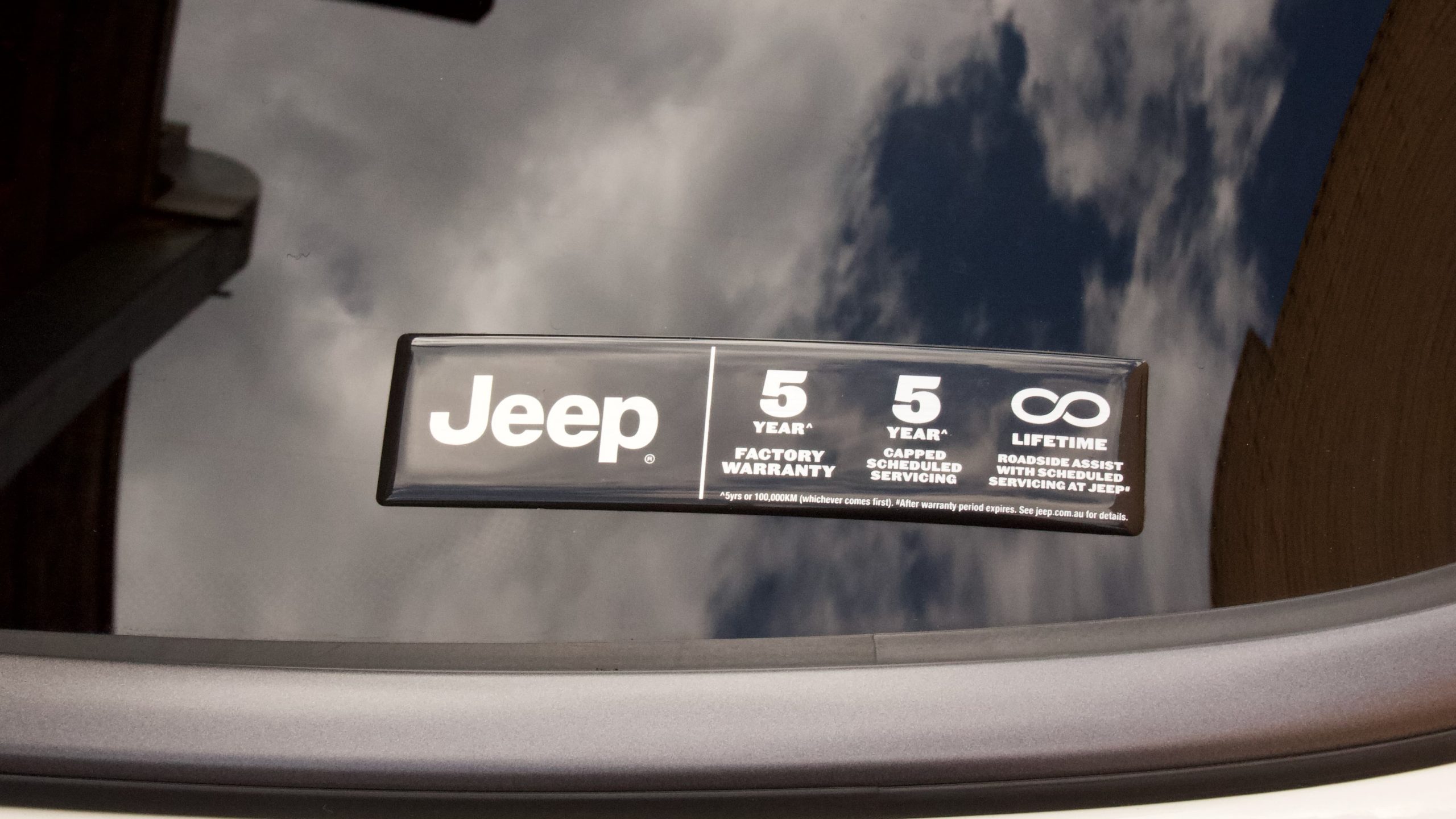
That places the Compass Trailhawk ahead of the Subaru XV’s $2430.85 five-year/62,500km service pack, which is more expensive at $655 per service (and that’s only to 62,500km as well) and it needs to be serviced at odd 12,500km intervals. Those doing a lot of distance will appreciate the Jeep’s longer 20,000km service intervals, though the Subaru’s five-year warranty has no distance cap.
The 2021 Jeep Compass Trailhawk DiscoverAuto Rating: 7.2/10
The 2021 Jeep Compass Trailhawk is an interesting car. It’s good off-road, uses a peppy turbo-diesel engine that’s solely petrol-powered, offers reasonable practicality, lots of standard kit and well sized as well. In addition to that, Jeep’s recent effort to improve the aftersales experience of the brand has seen it add a reasonable warranty with surprisingly decent service costs that allow it to cover 100,000km in servicing for a lot less than a Subaru XV will hit 62,500km.
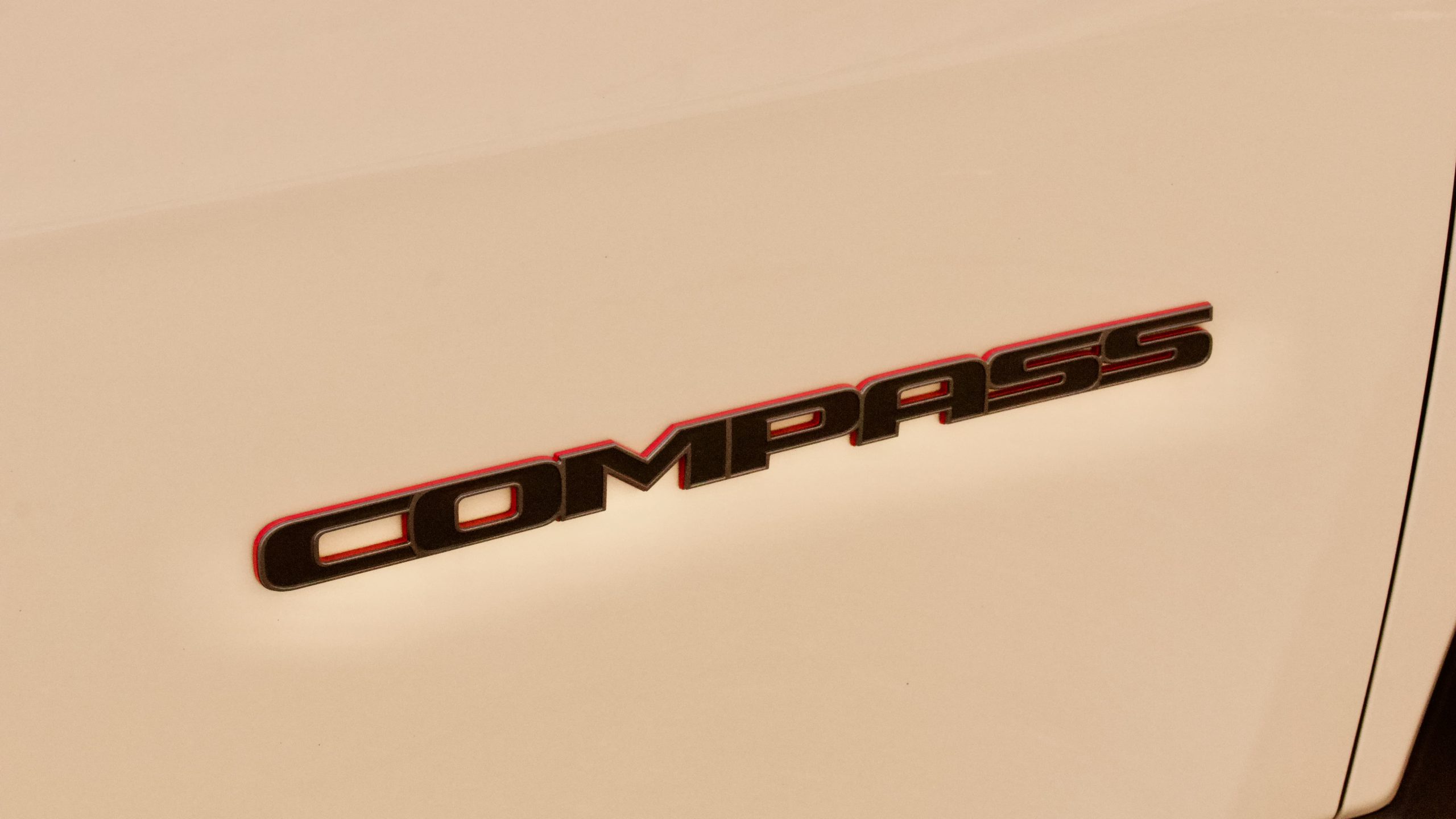
On the flip side, however, it’s just too expensive to buy, the engine is noisy, the interior is dated and its off-road ability is good, but it’s not as good as a proper off-roader – some of which are available for similar money to the Compass Trailhawk. The Compass trailhawk is a fundamentally good car, but remains hard to recommend at this stage. But there is an incoming facelift that we’re testing soon, so let’s see if it’s improved.
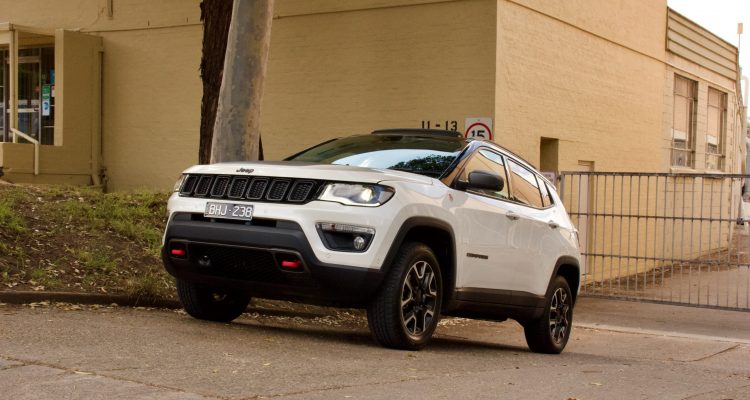
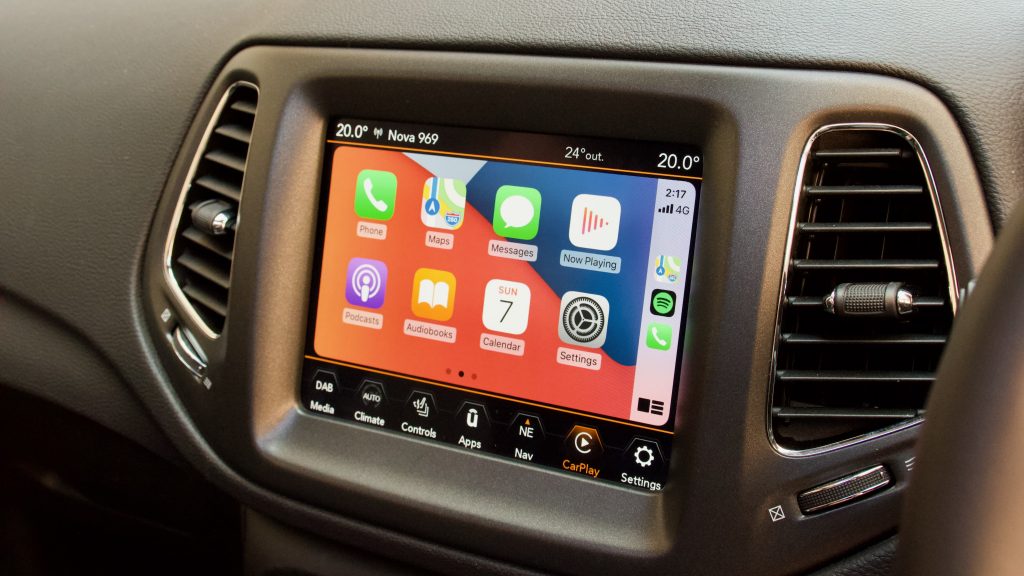
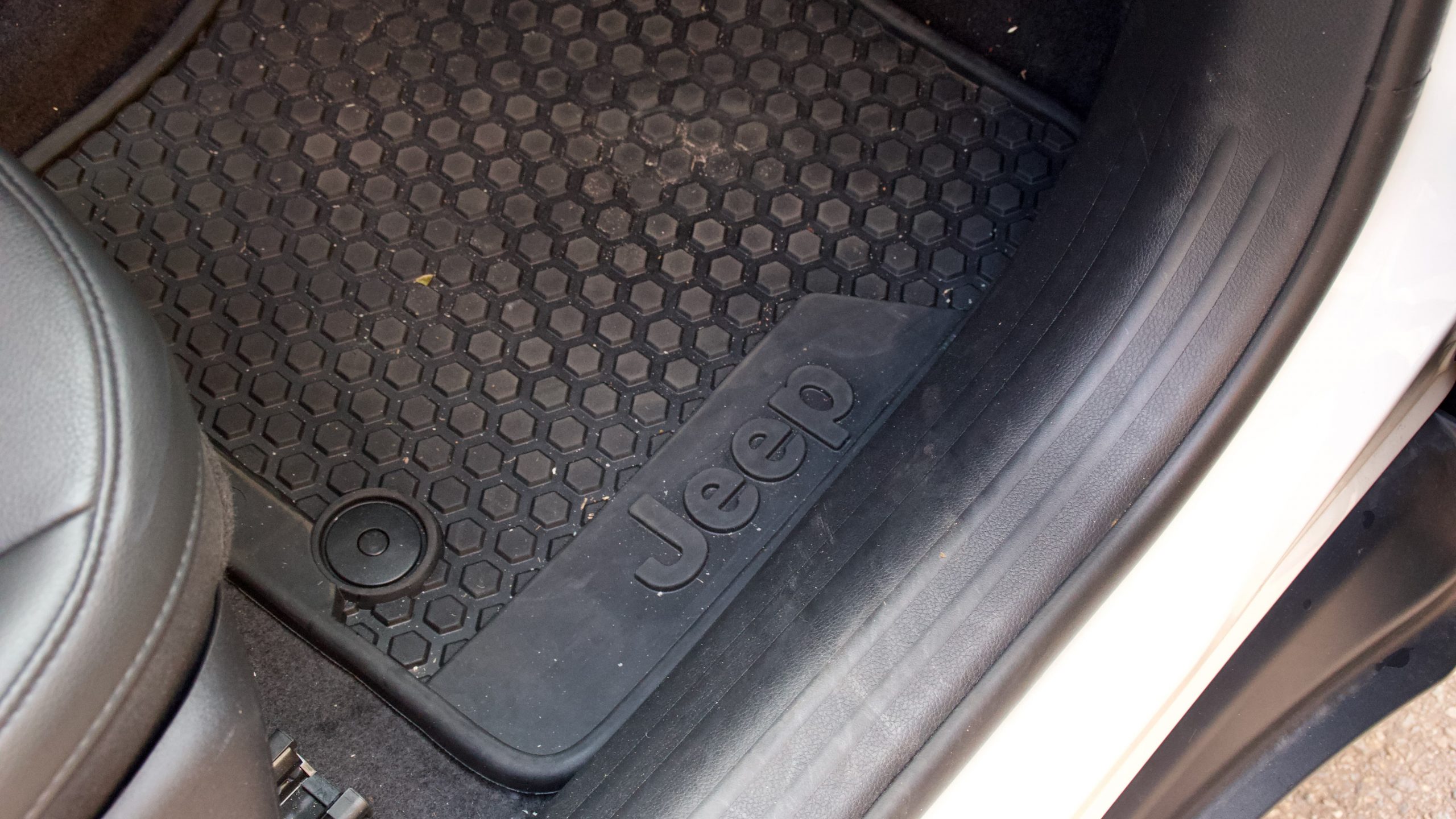
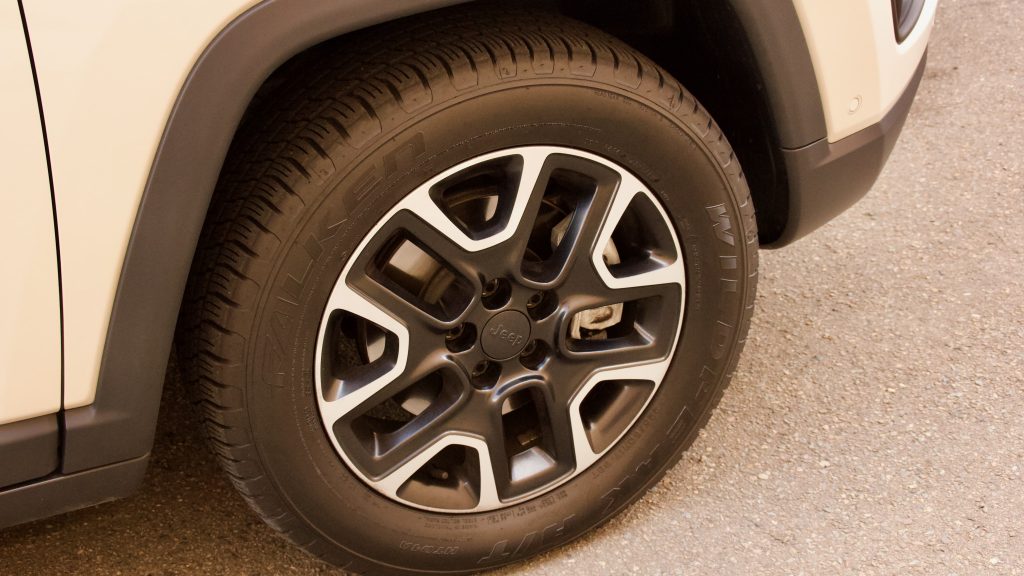
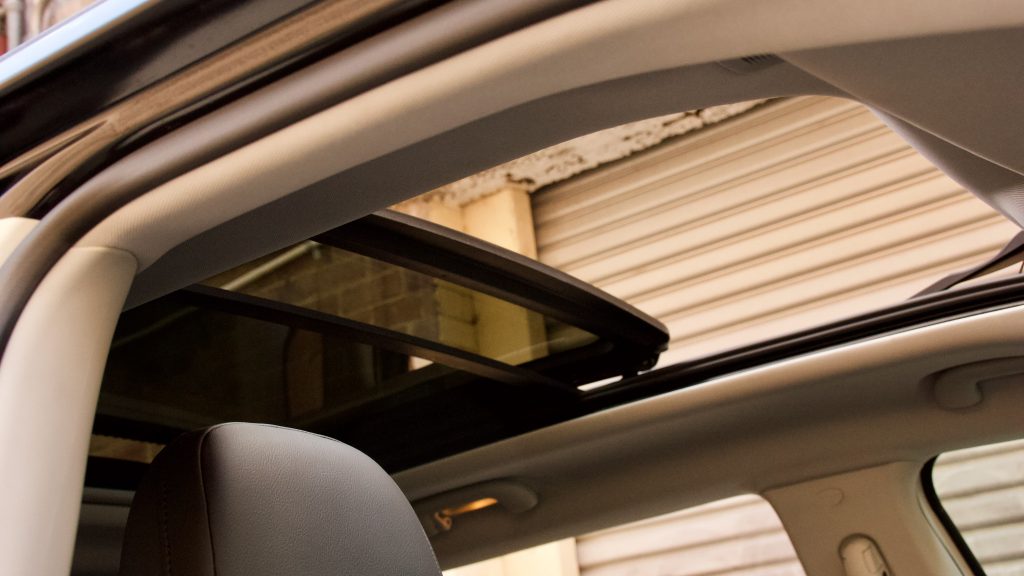
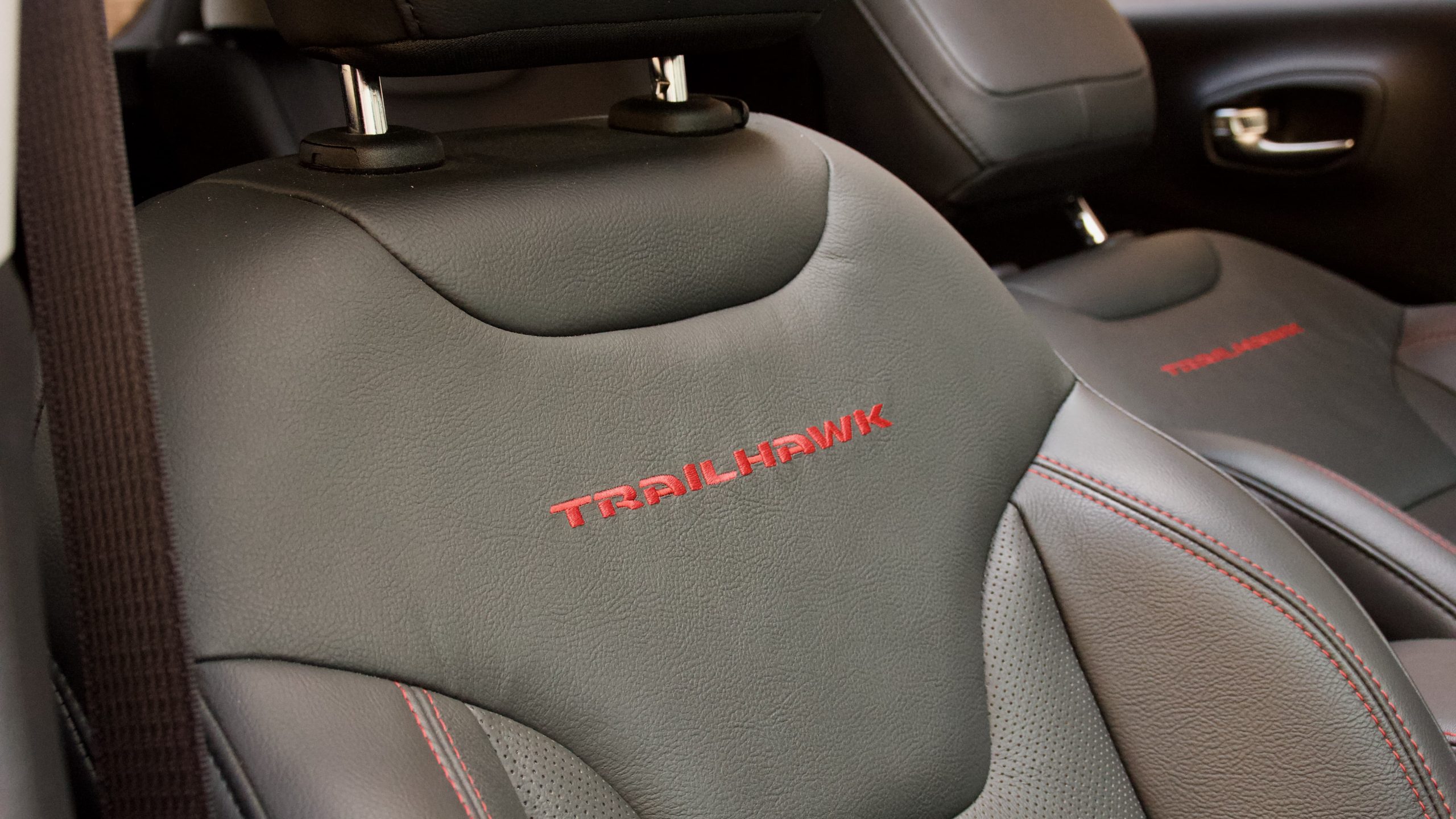
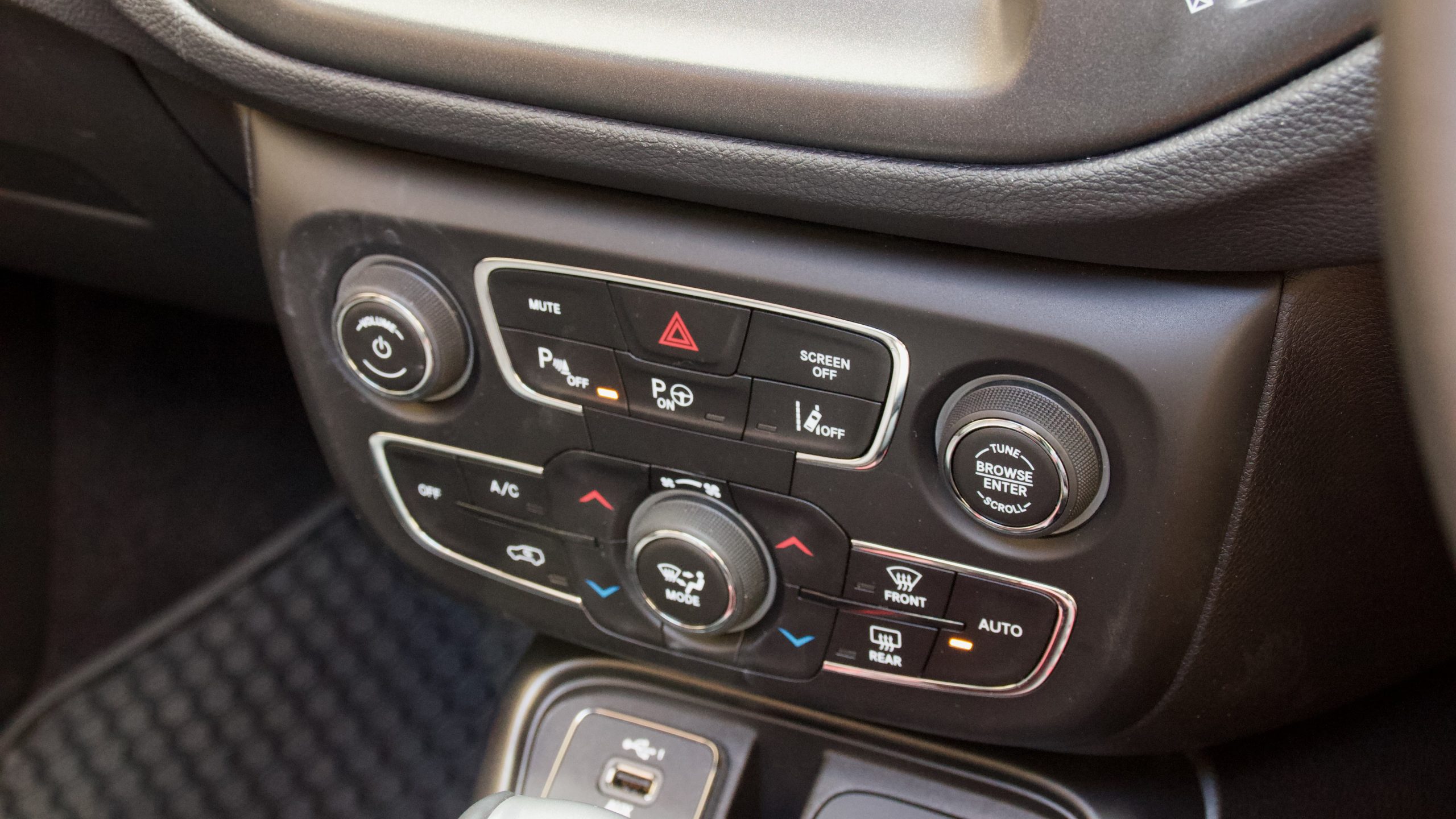
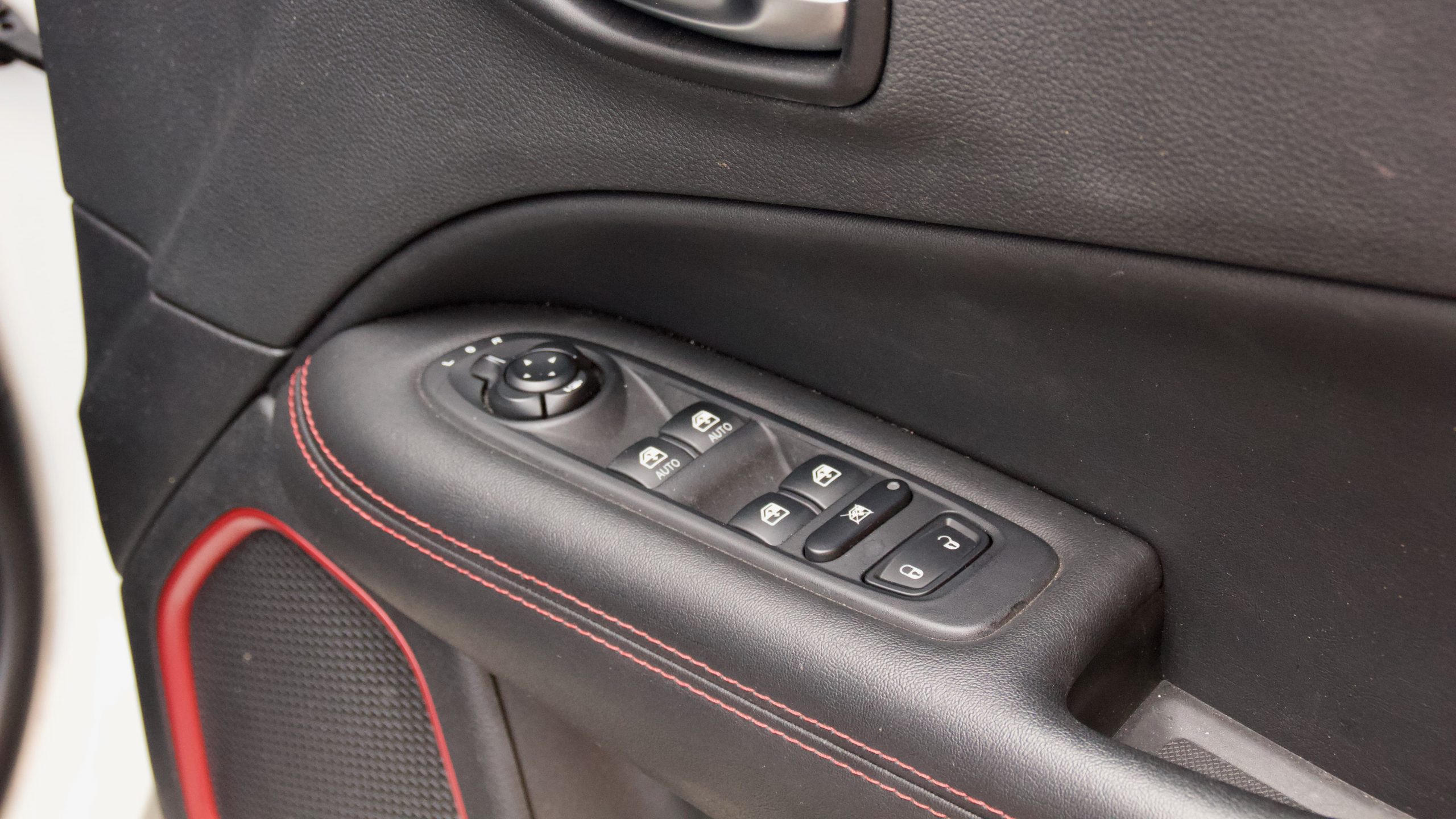
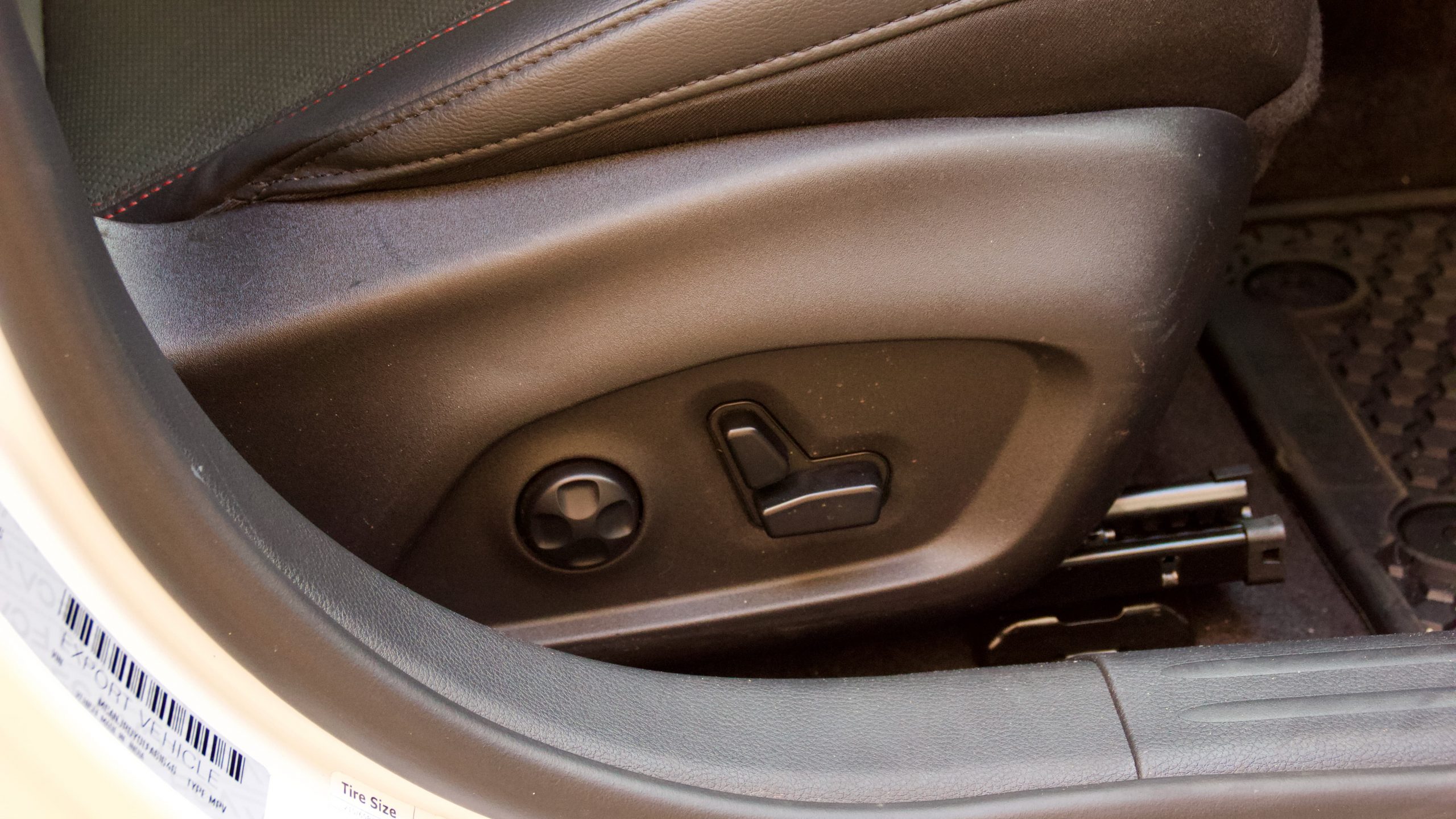
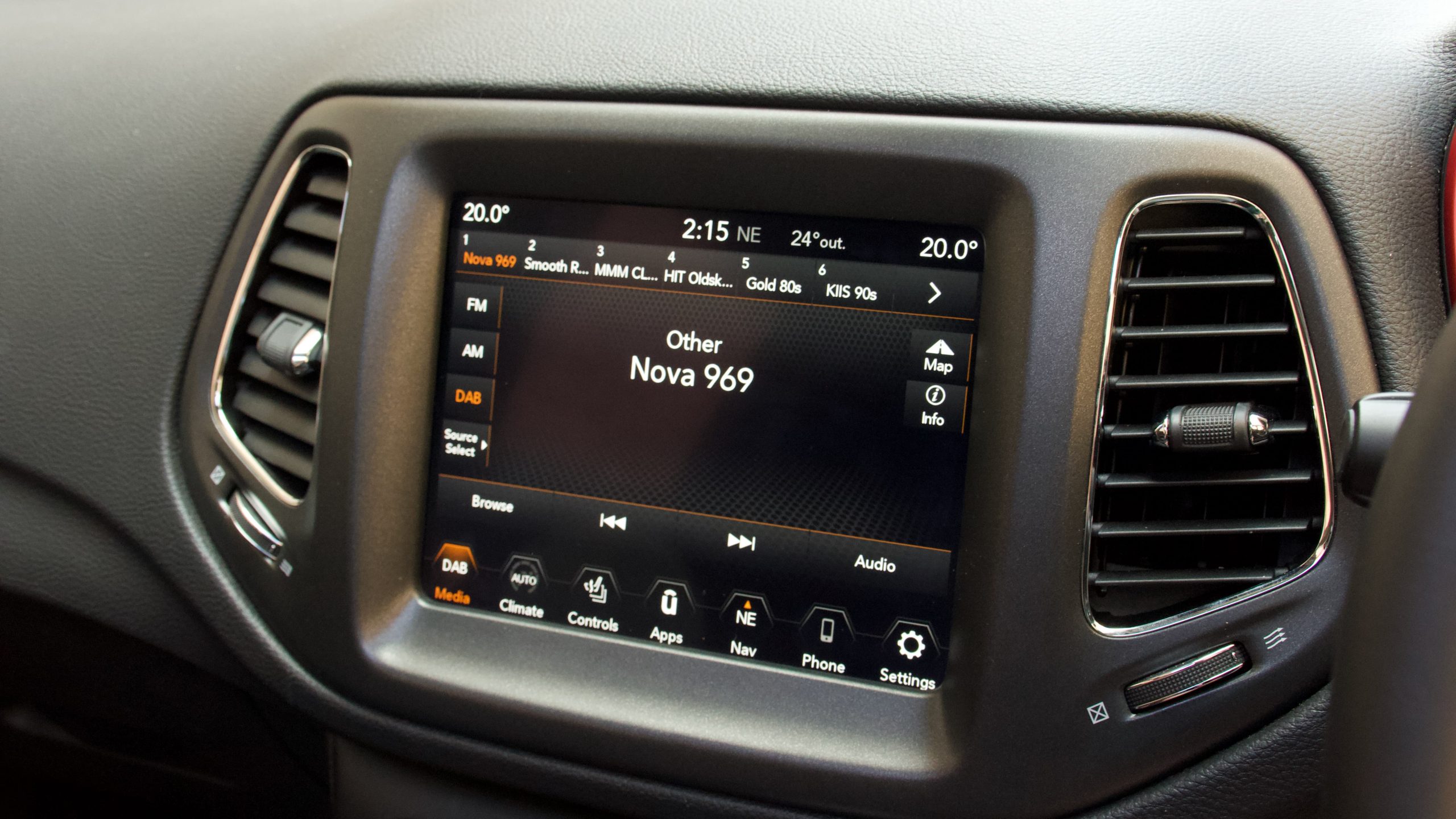
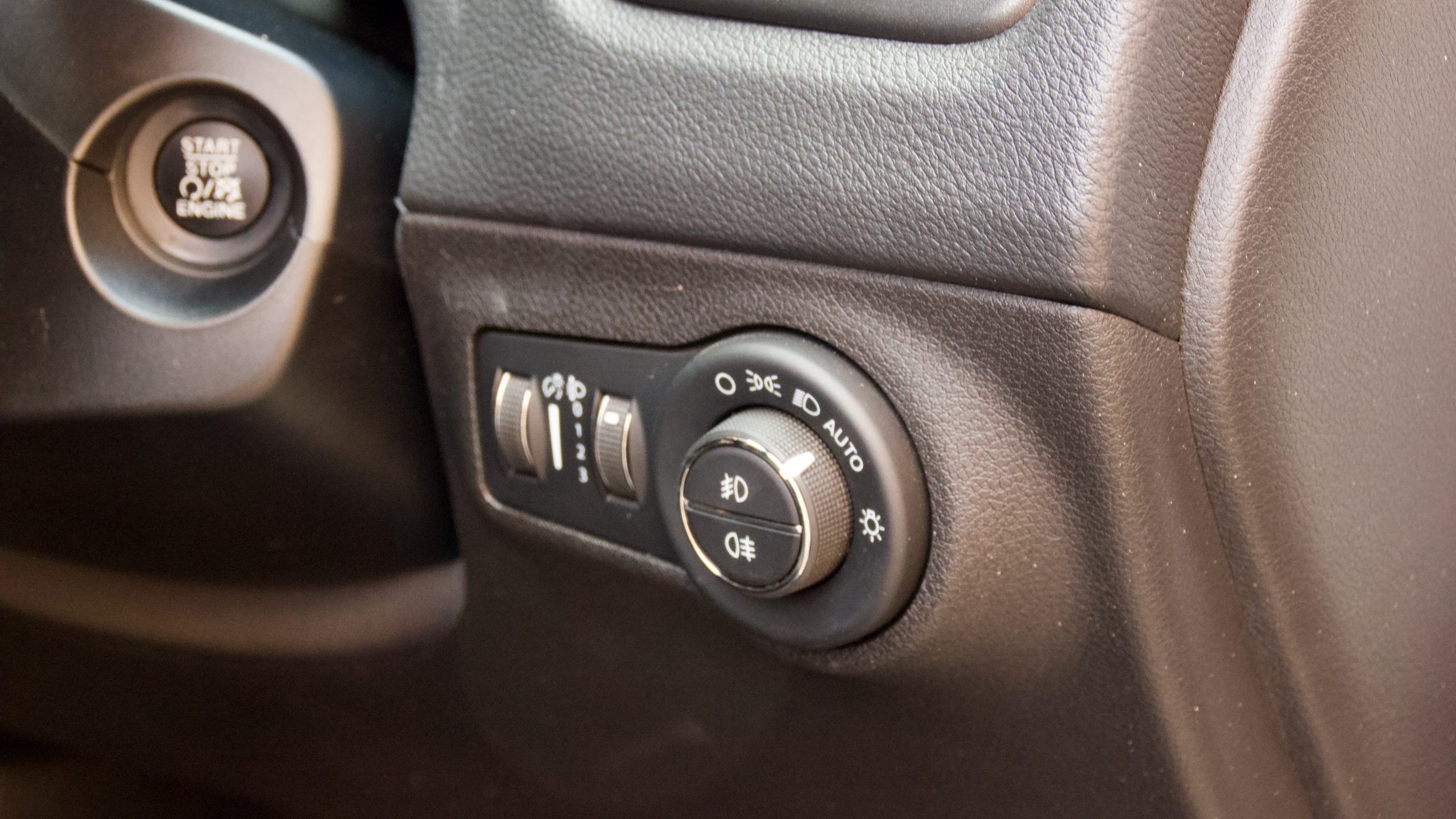
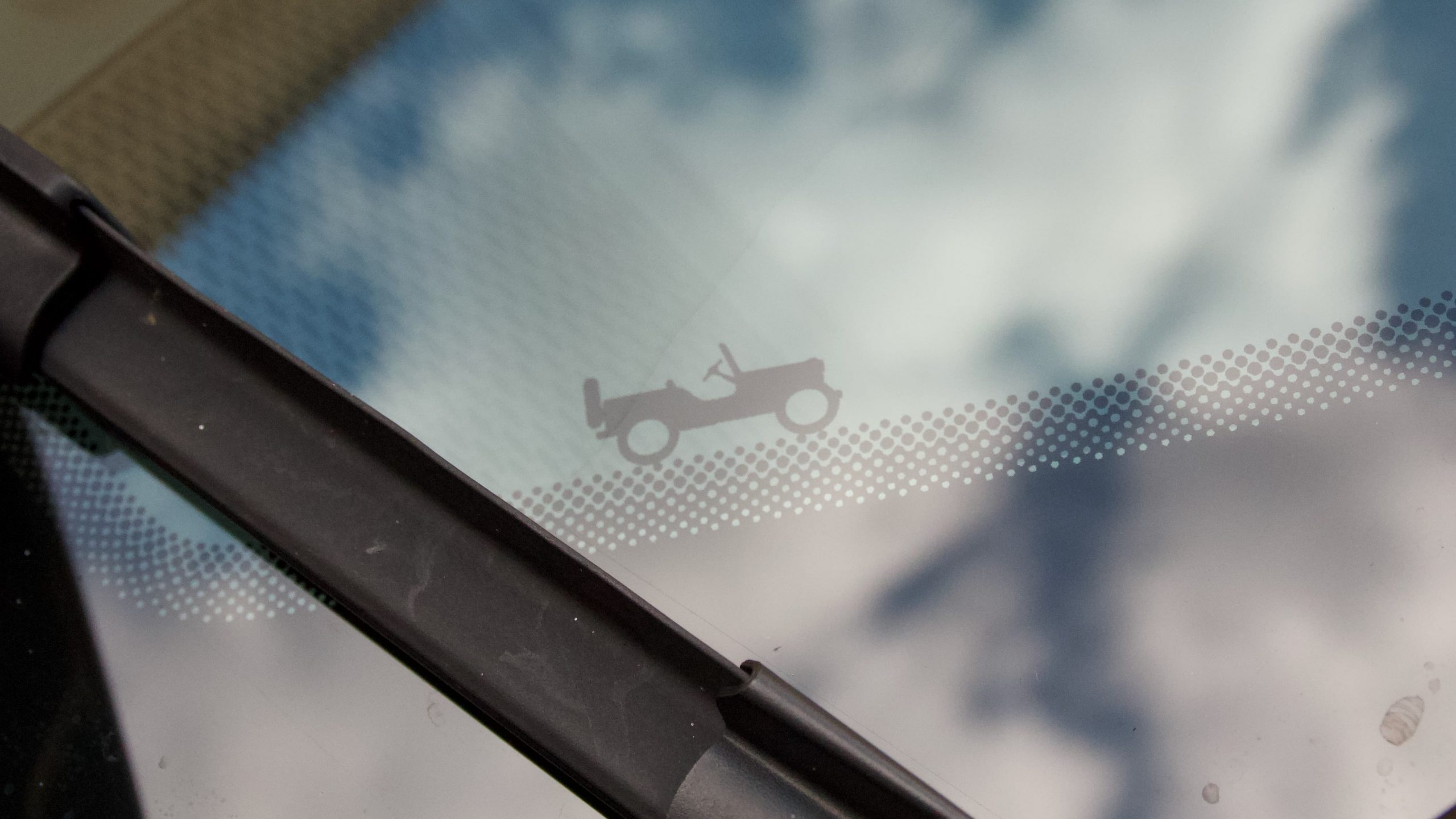
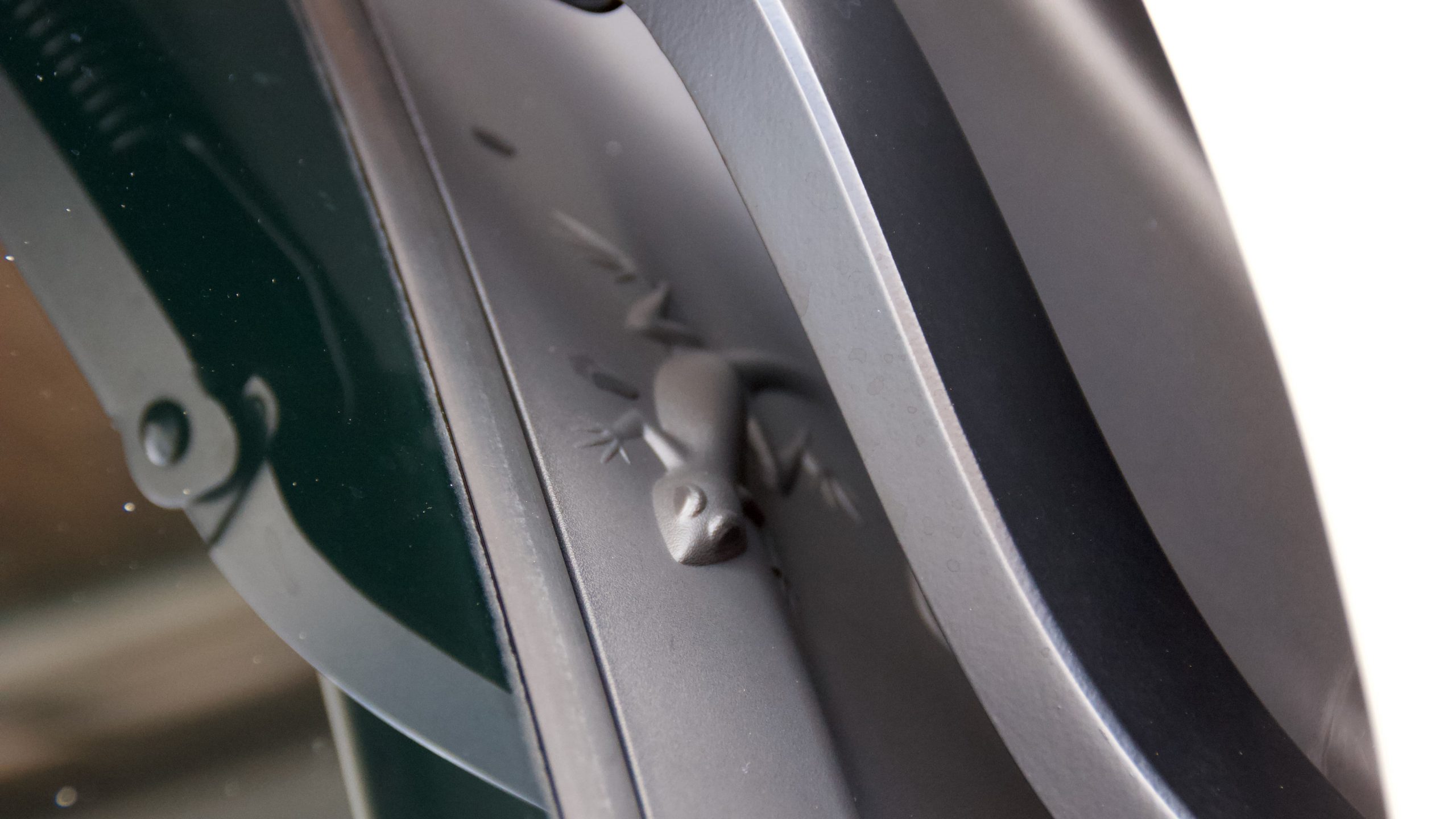
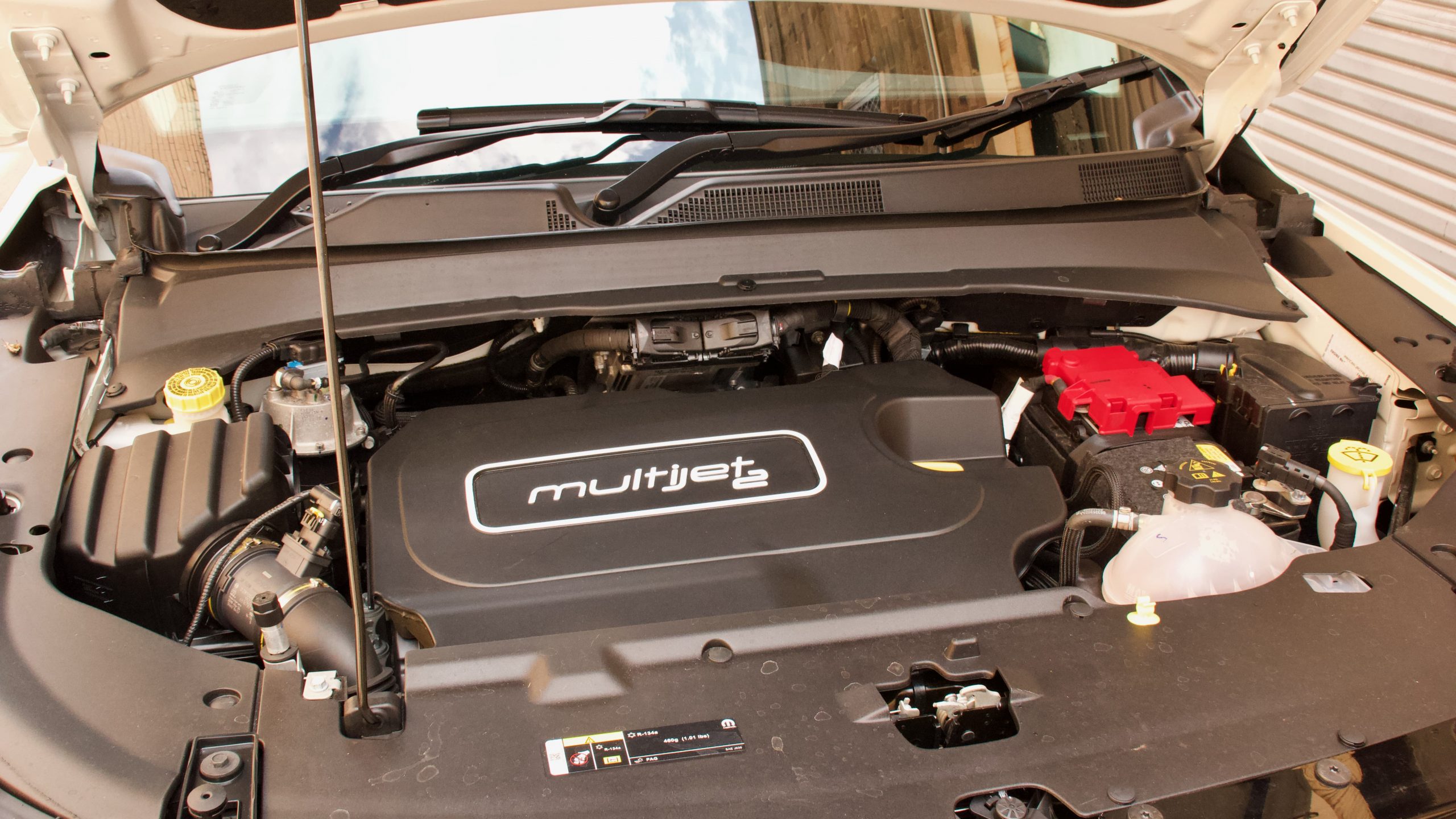
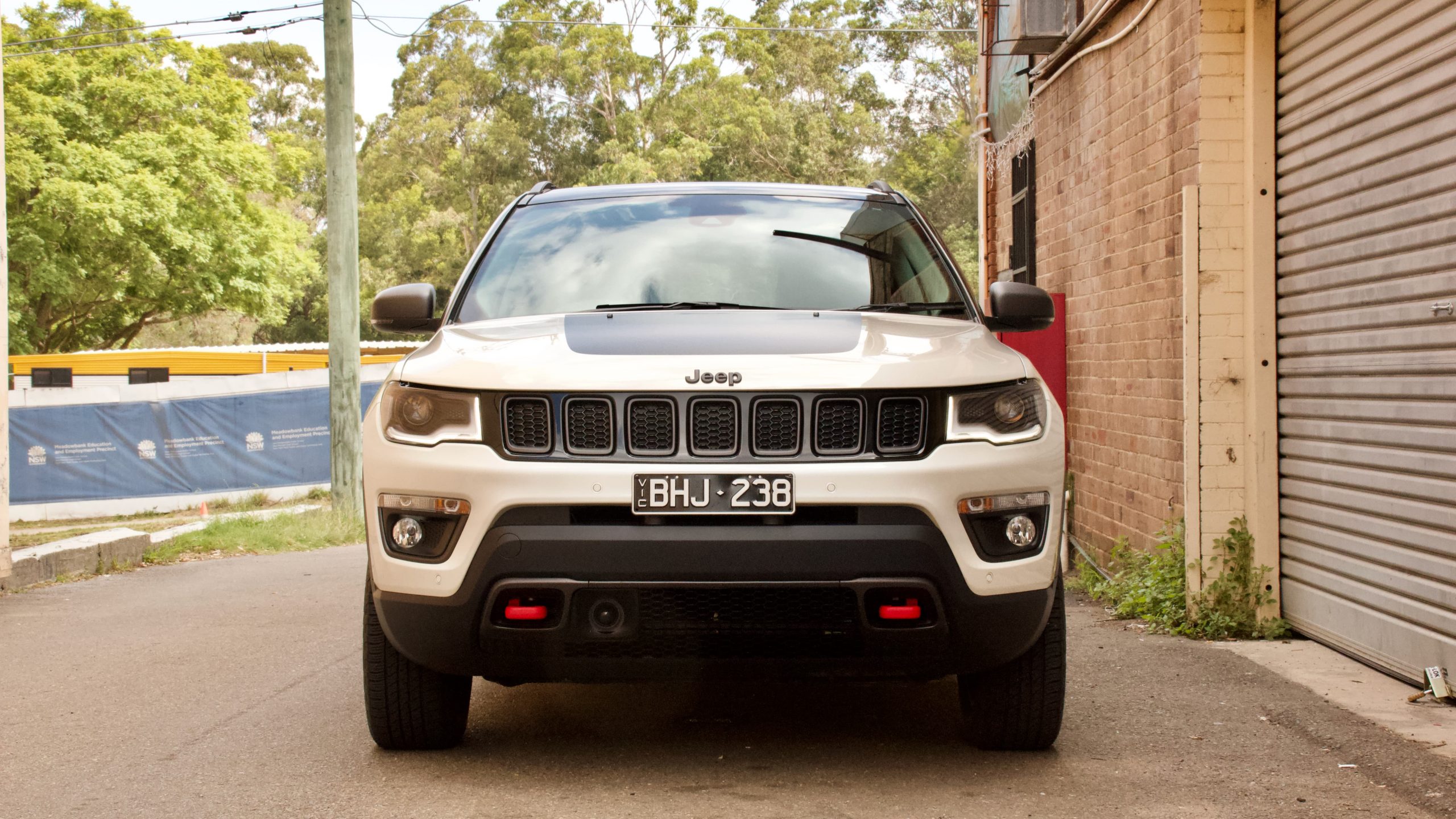
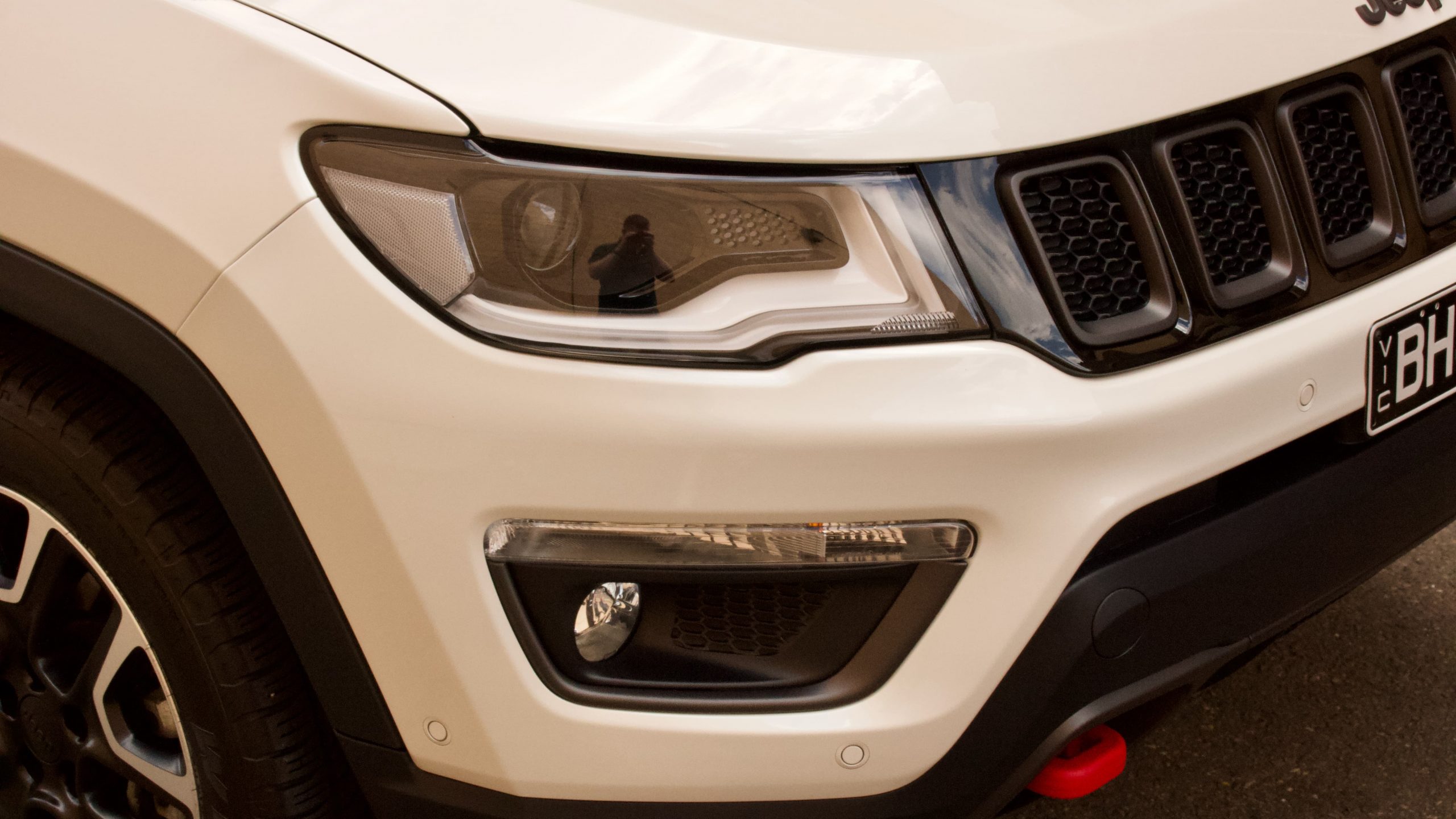
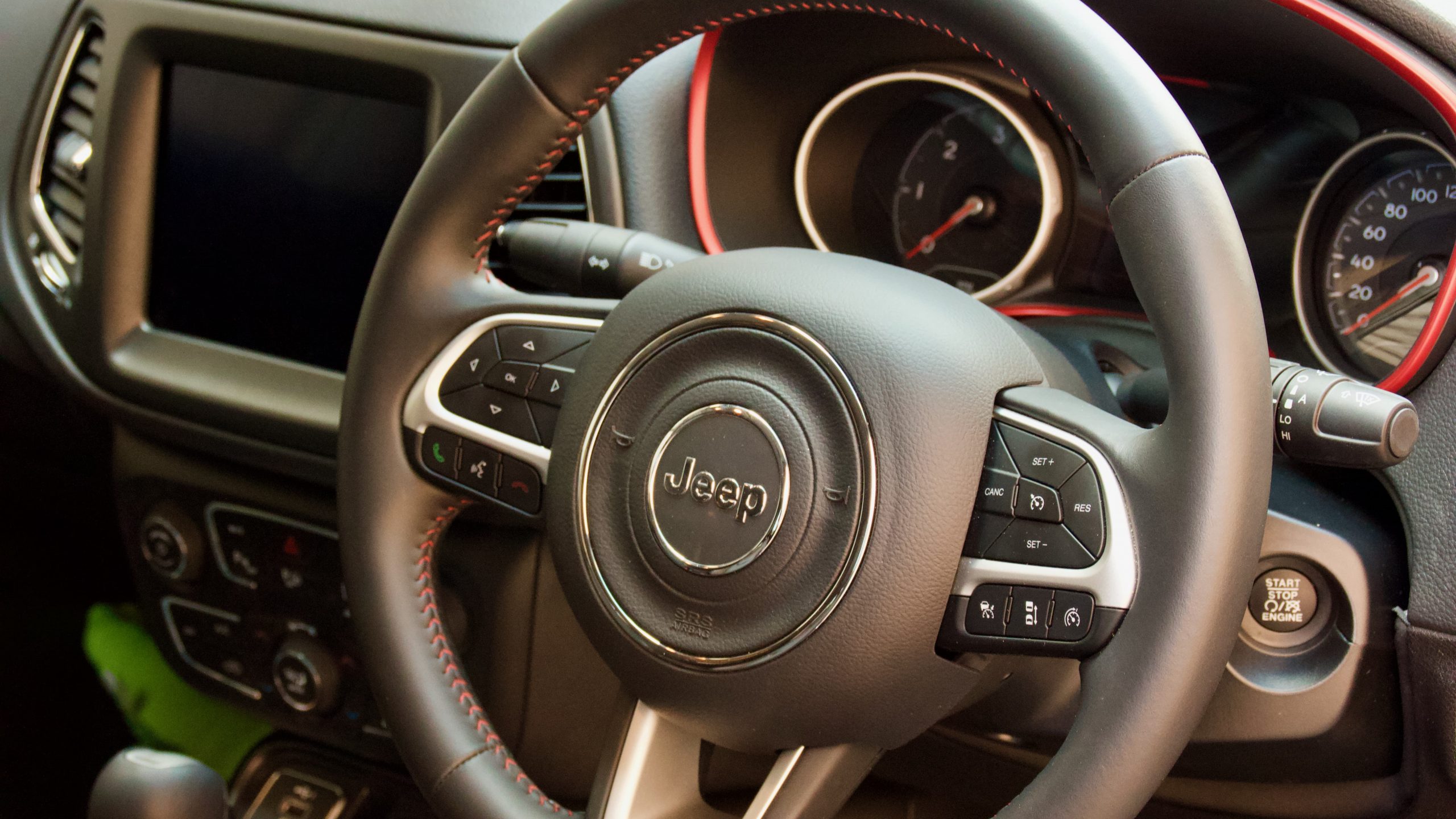
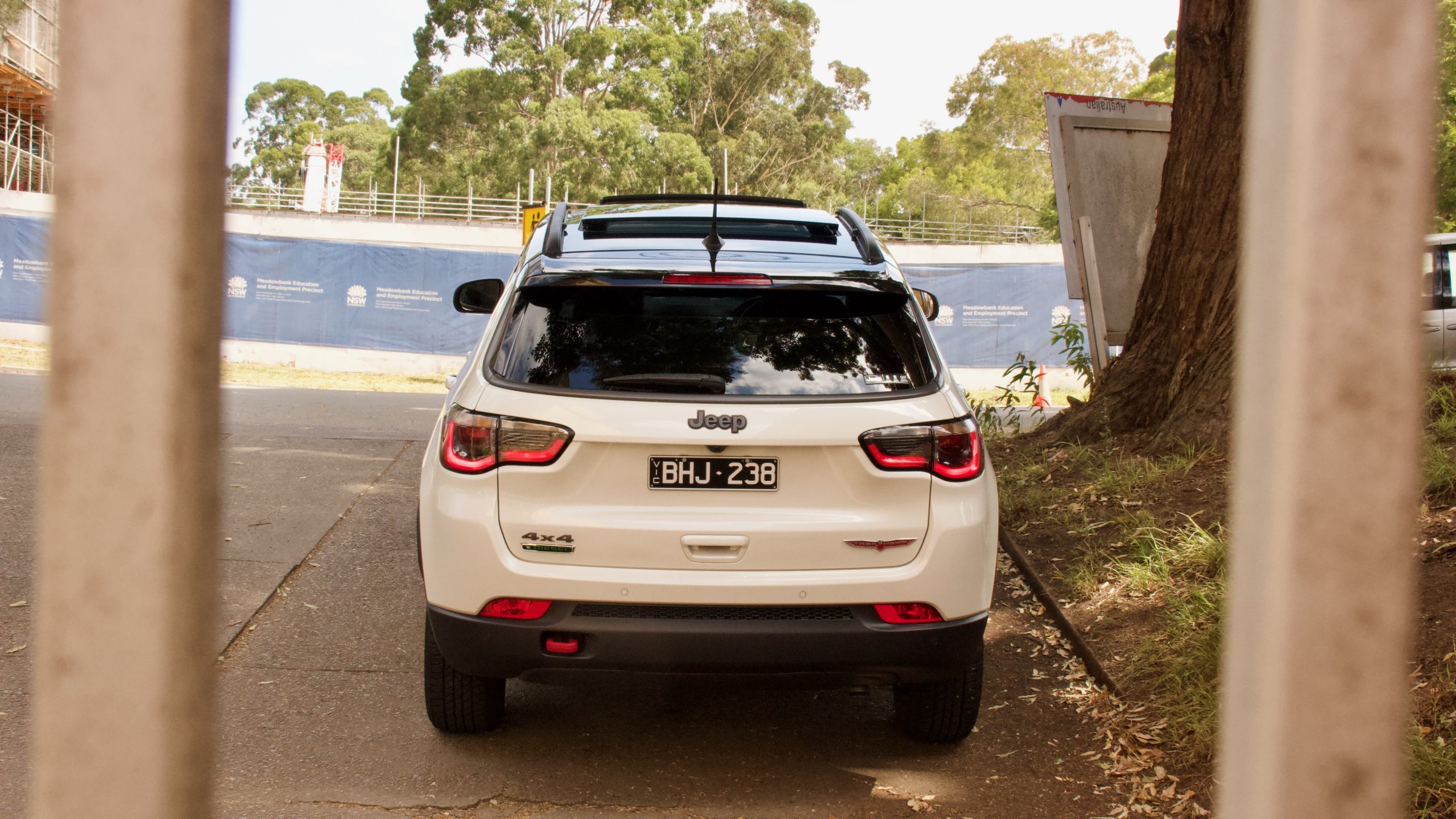
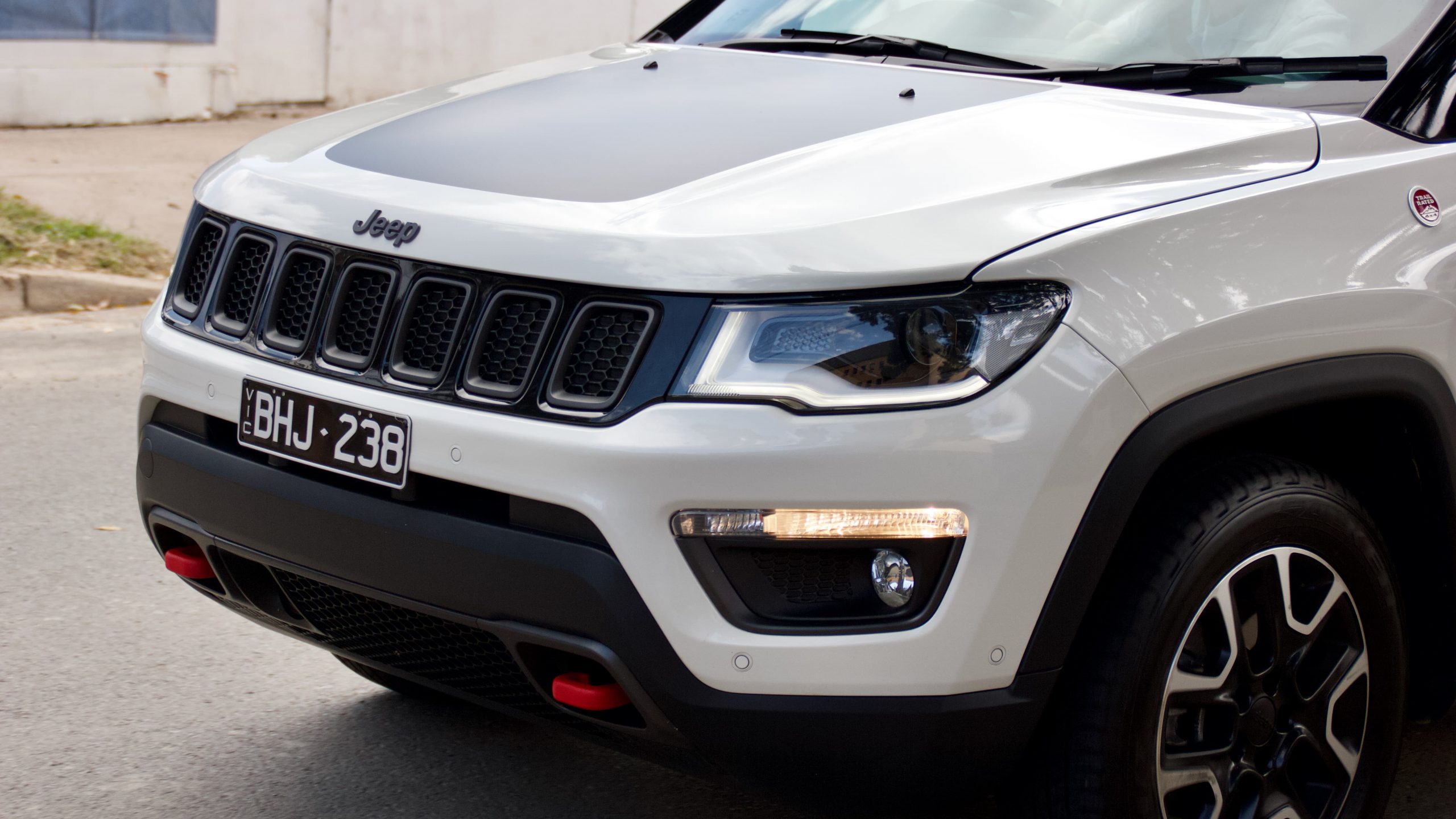
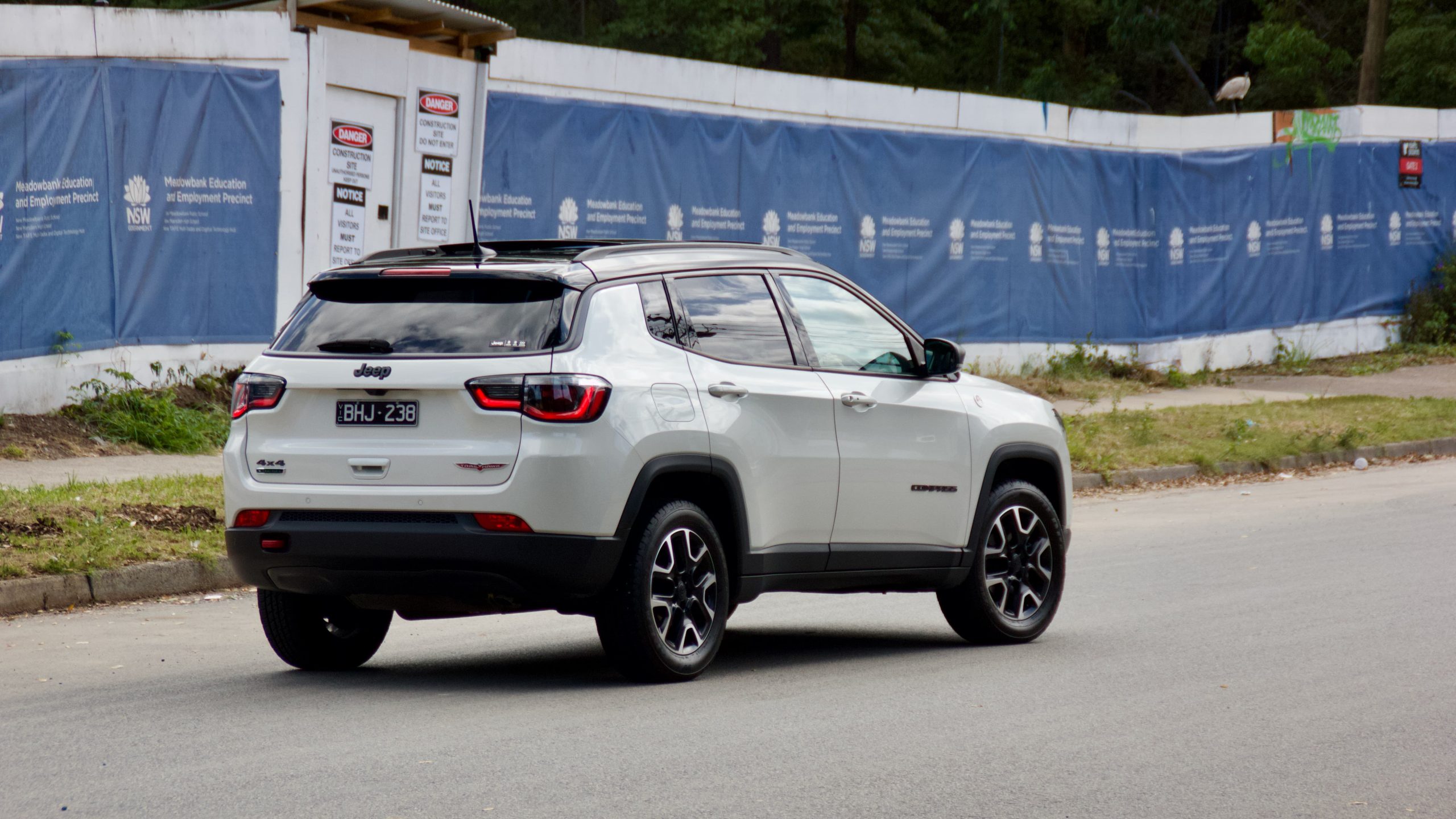
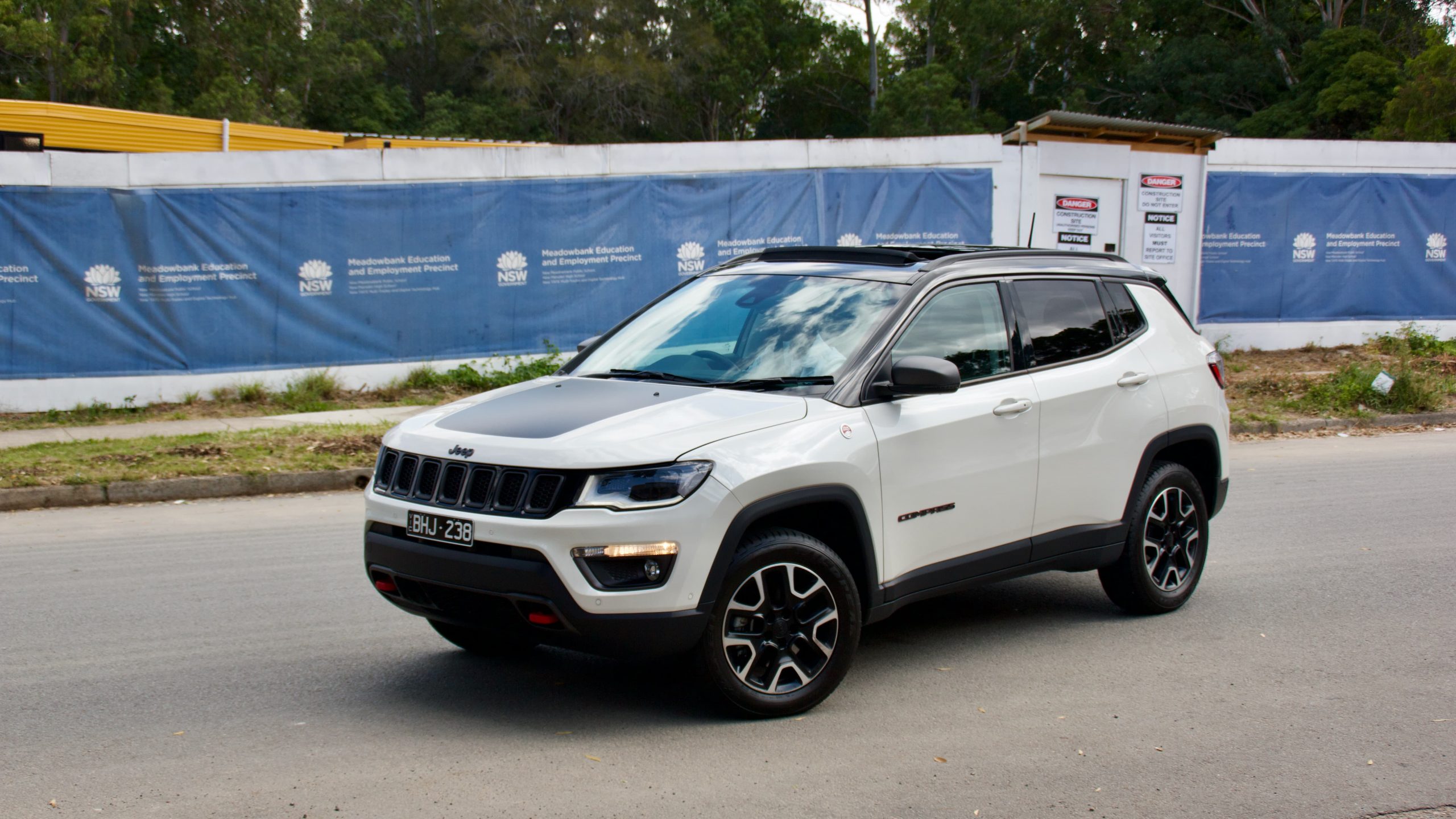
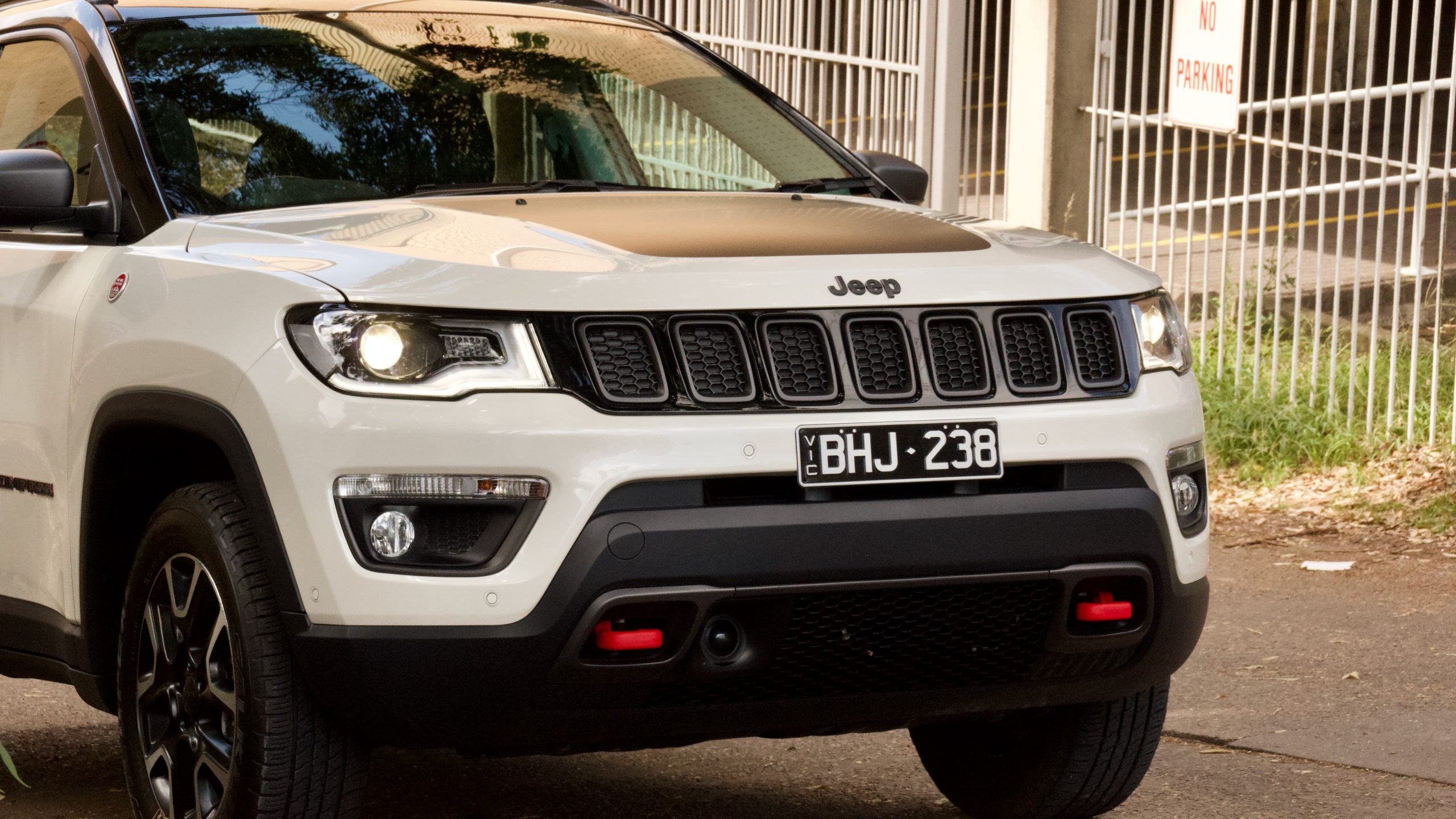
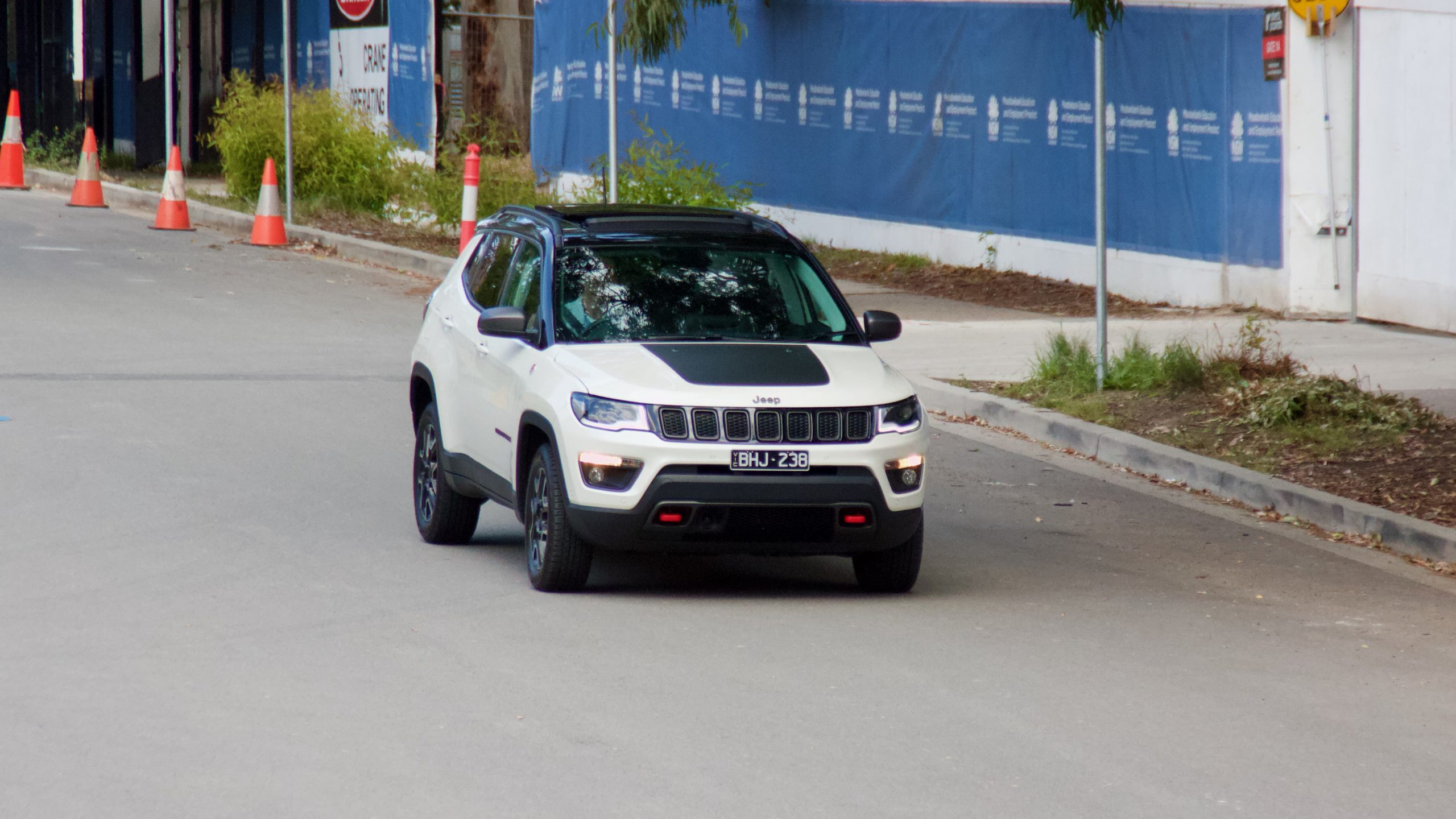
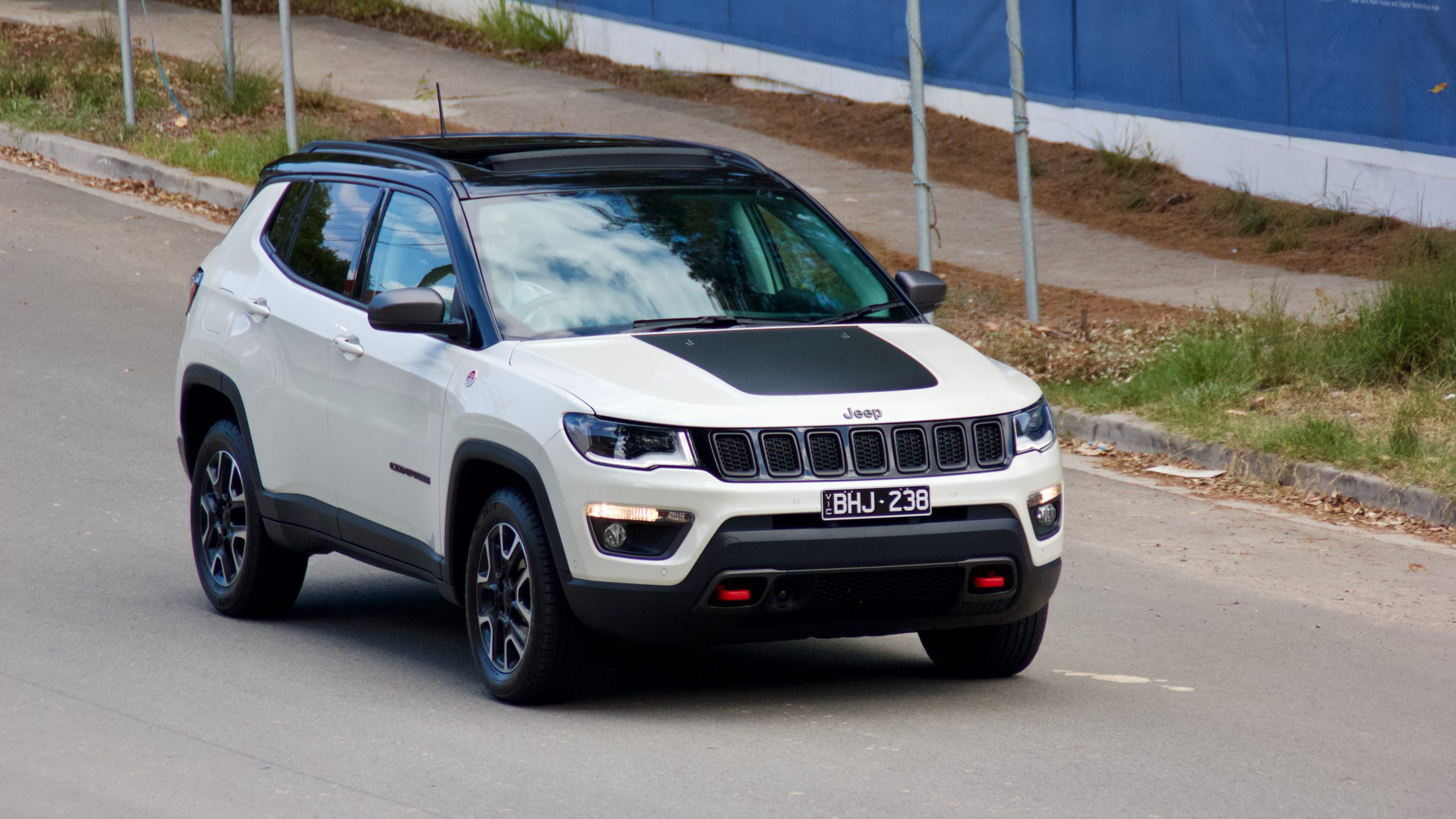
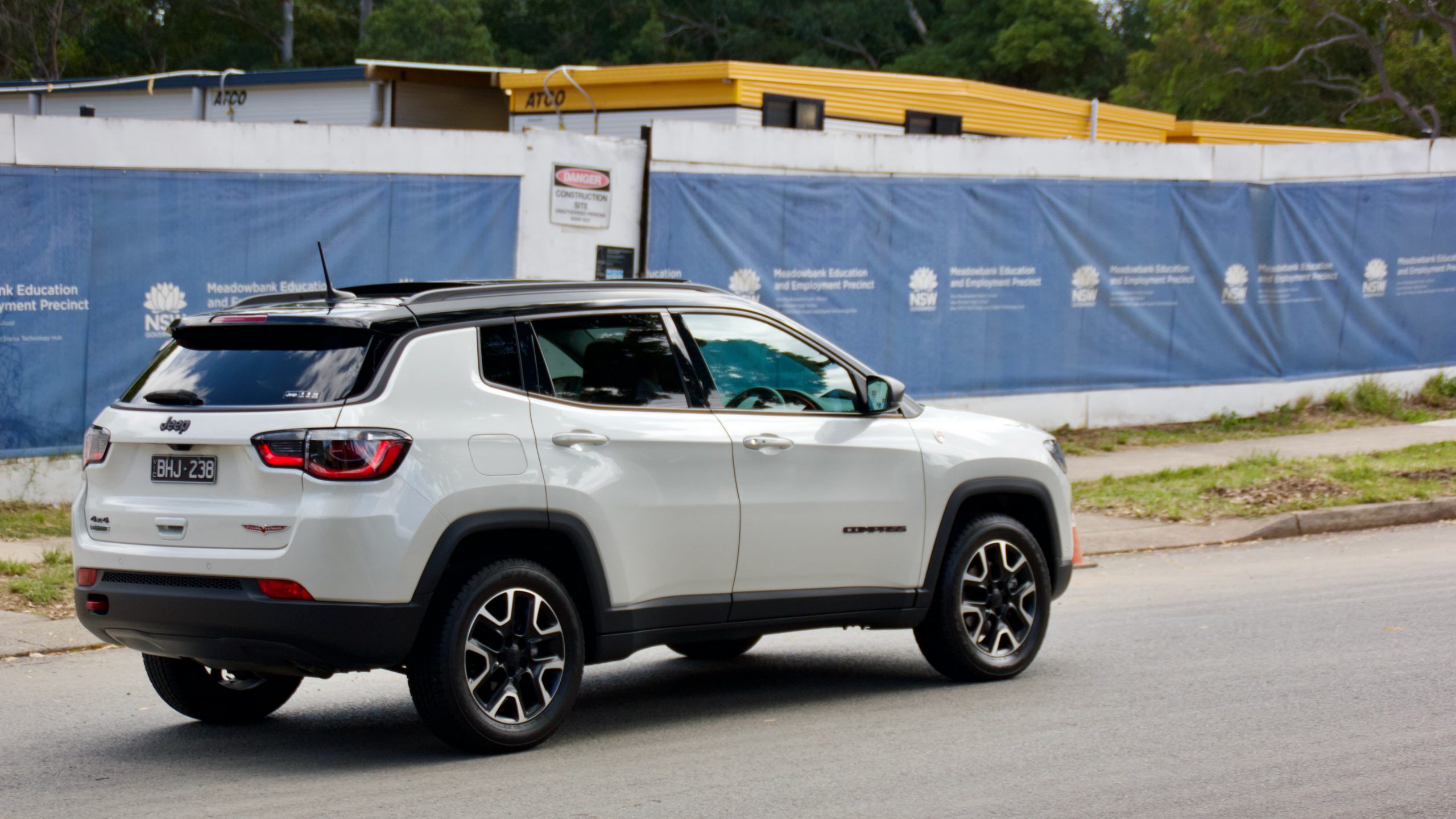
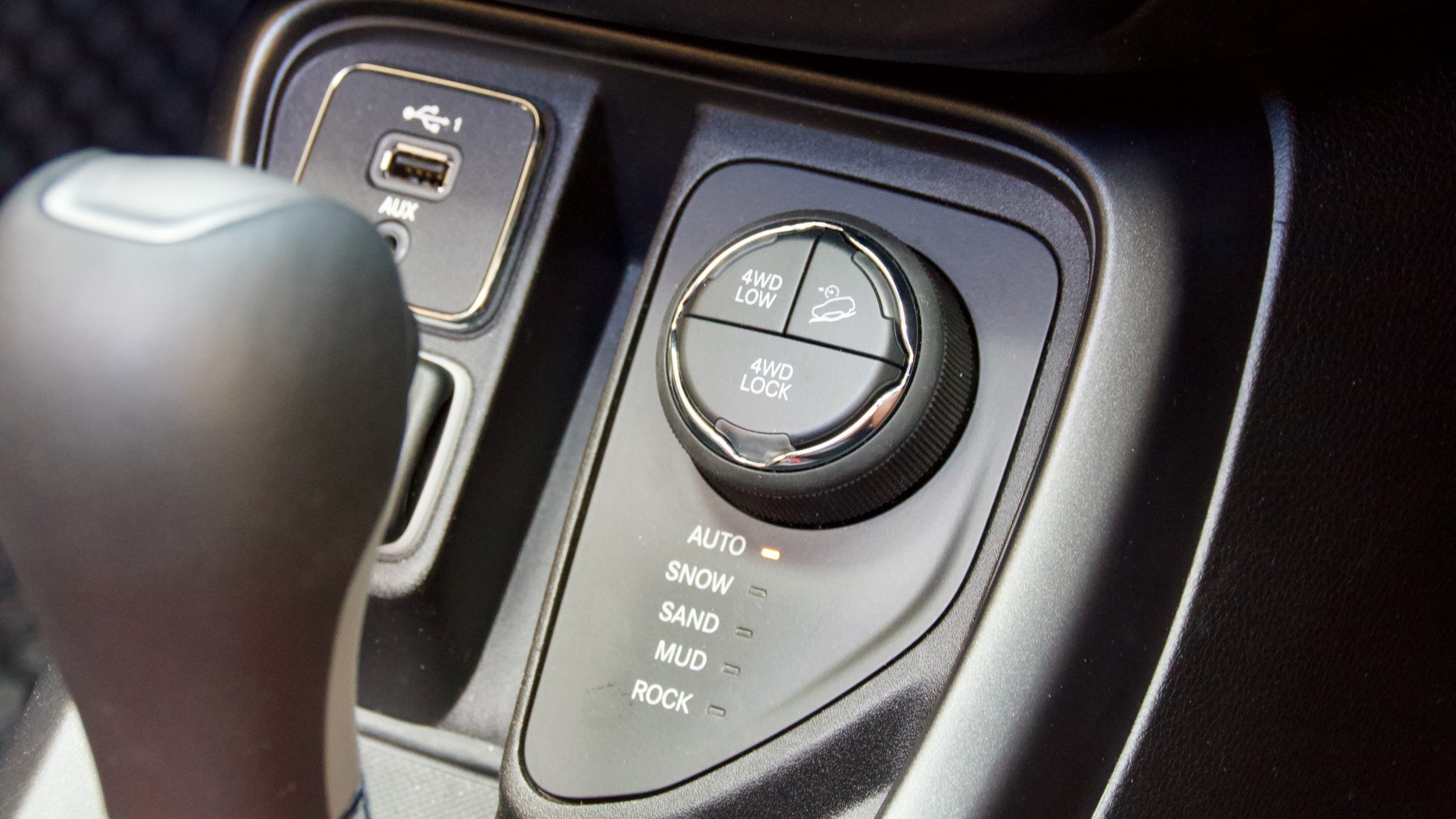
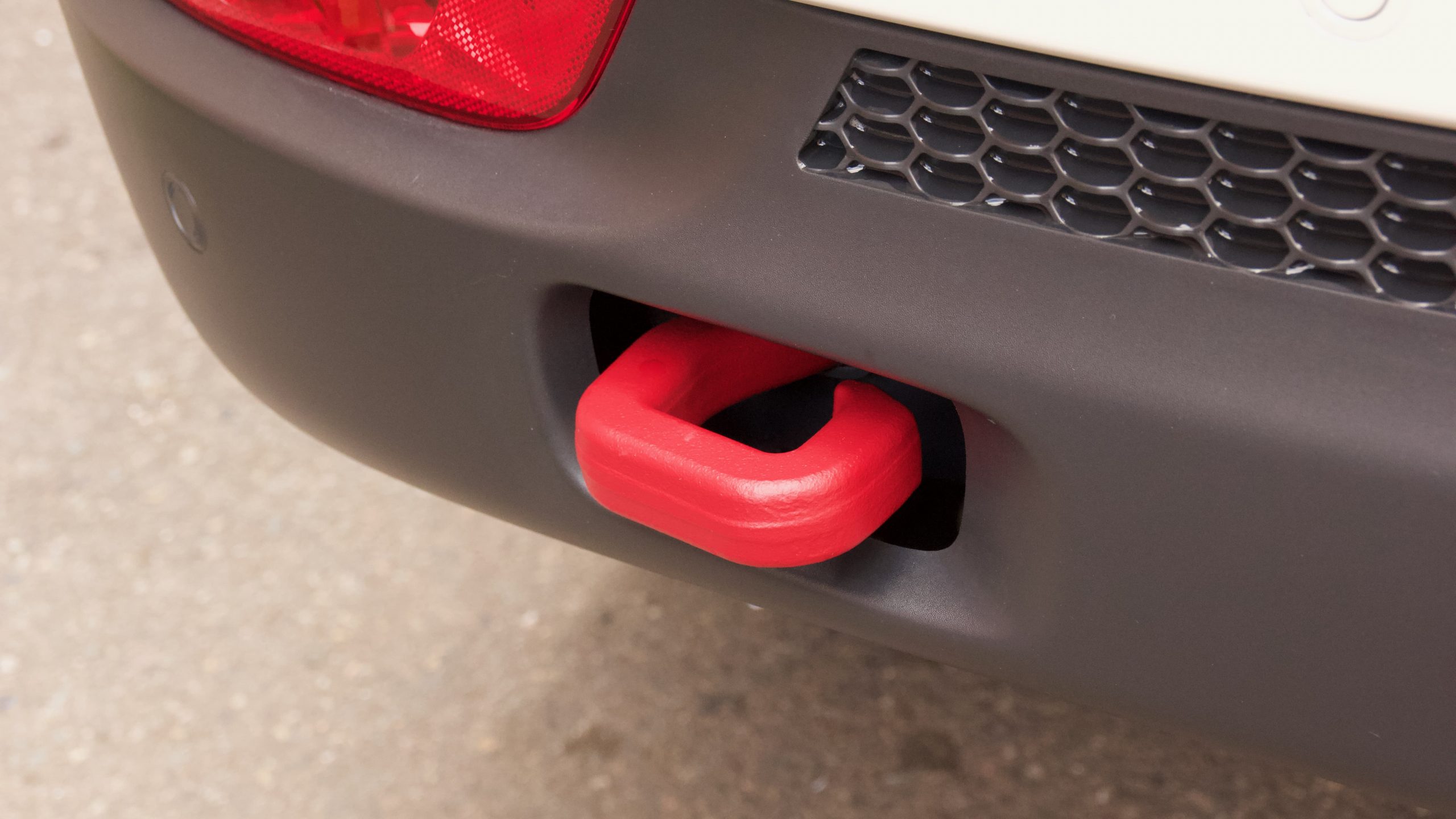
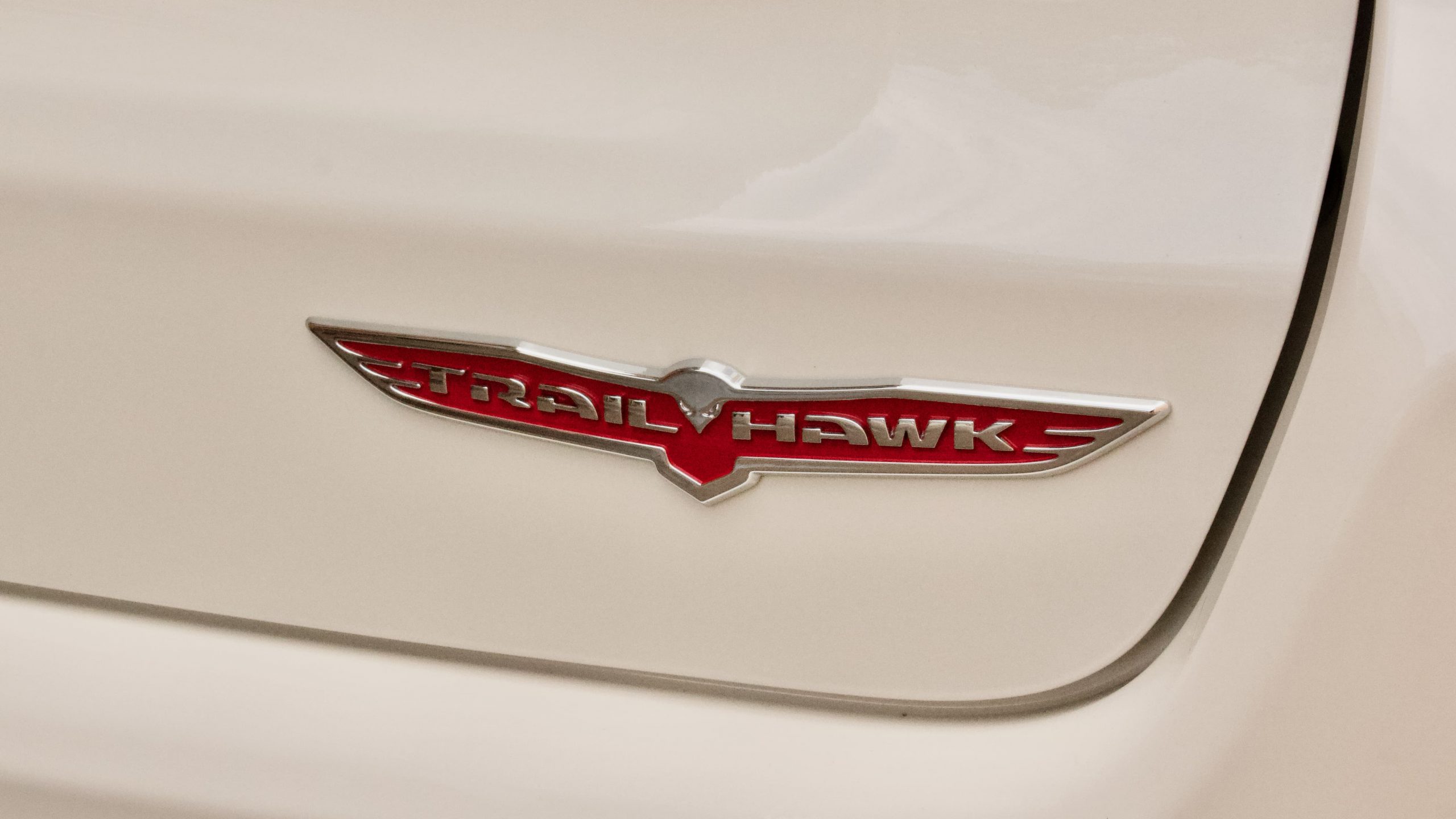
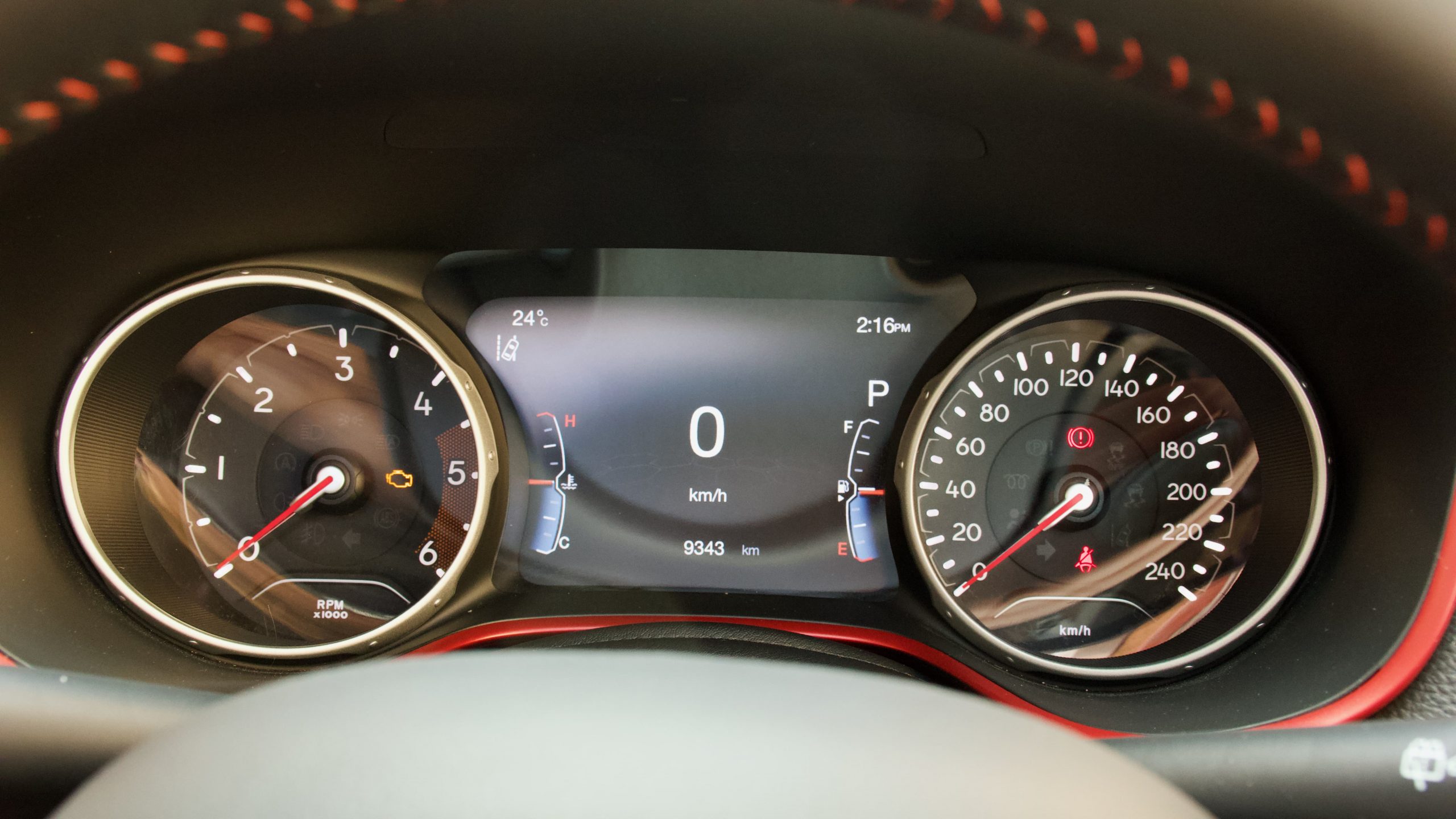
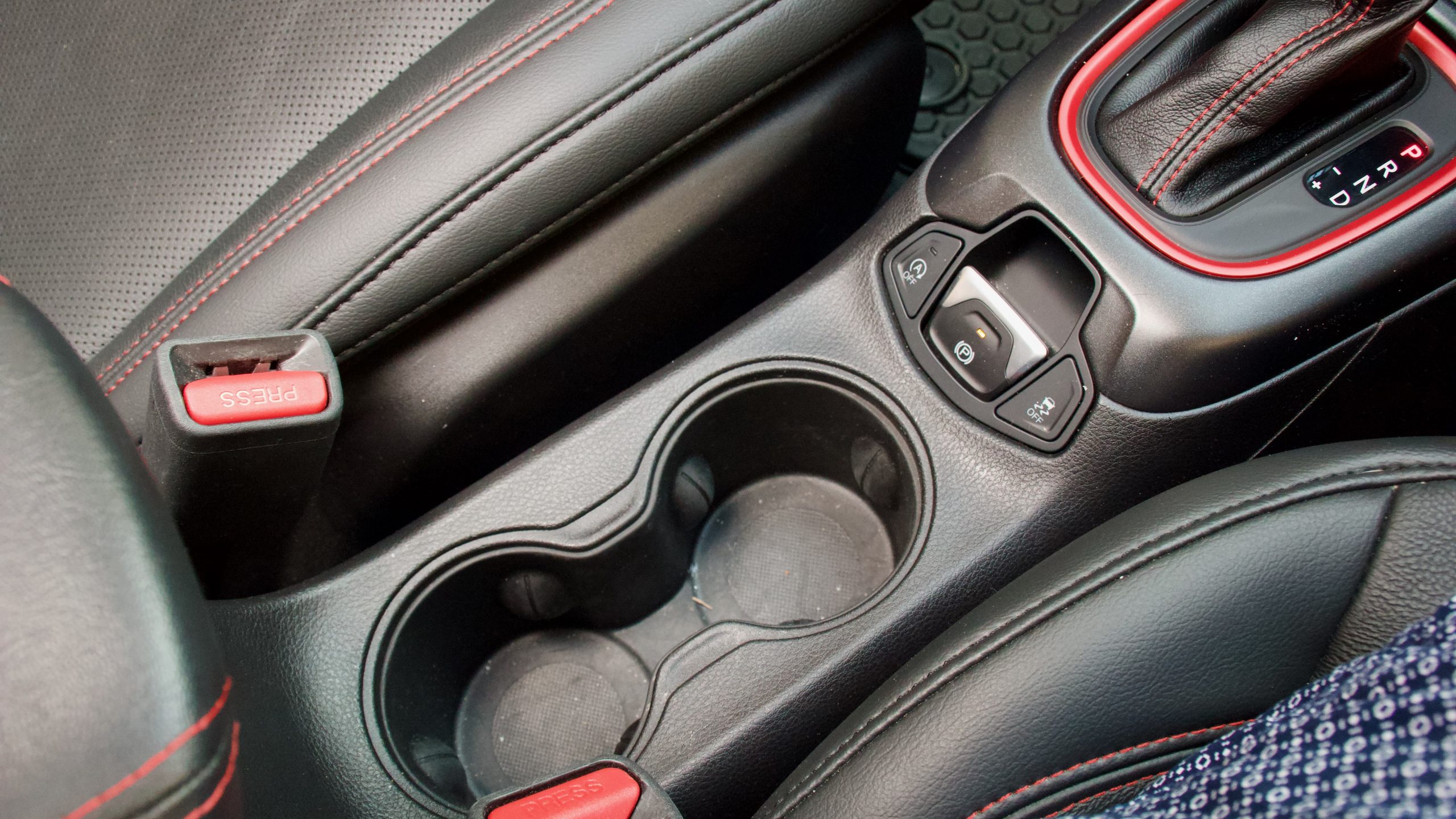
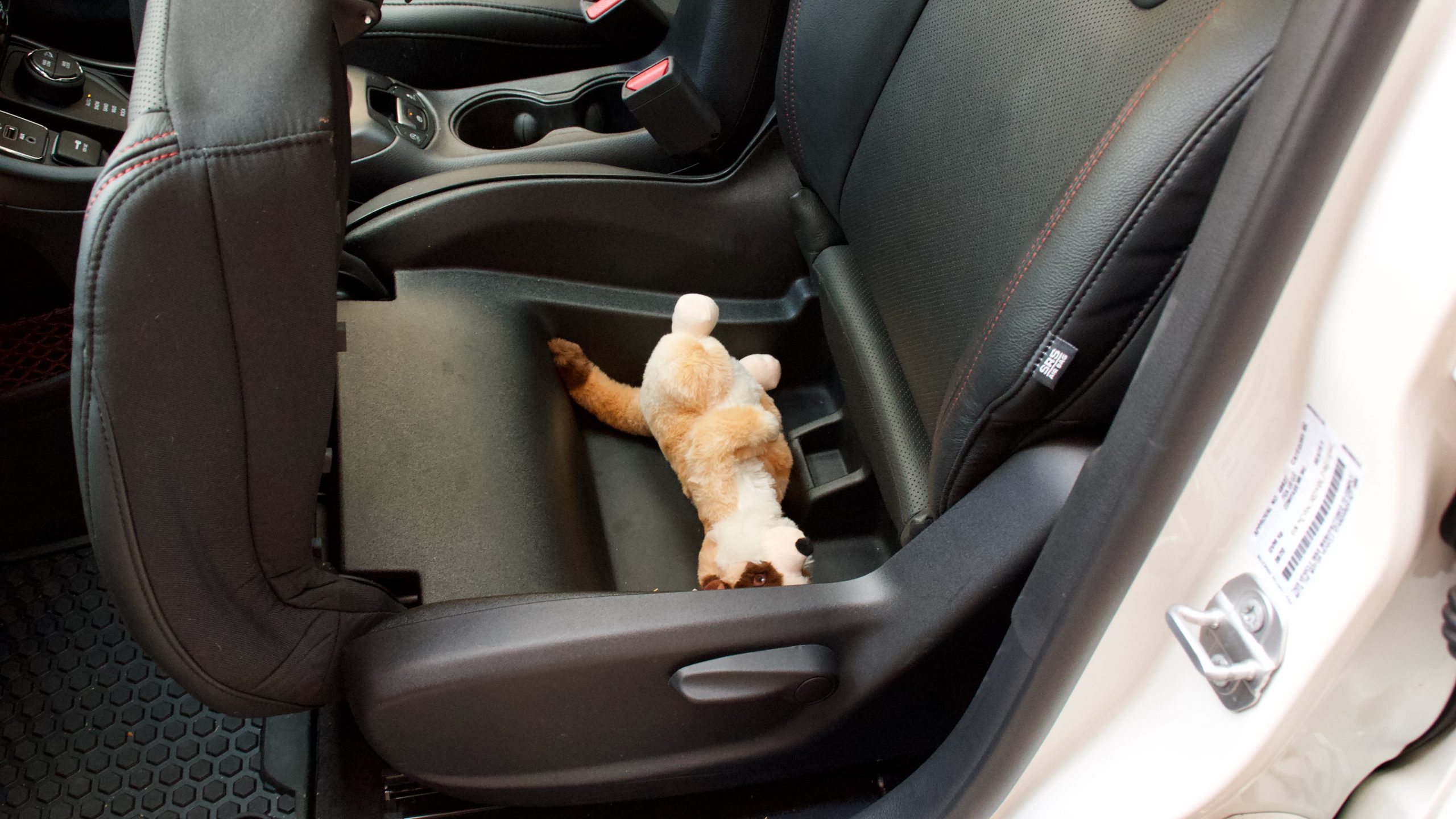
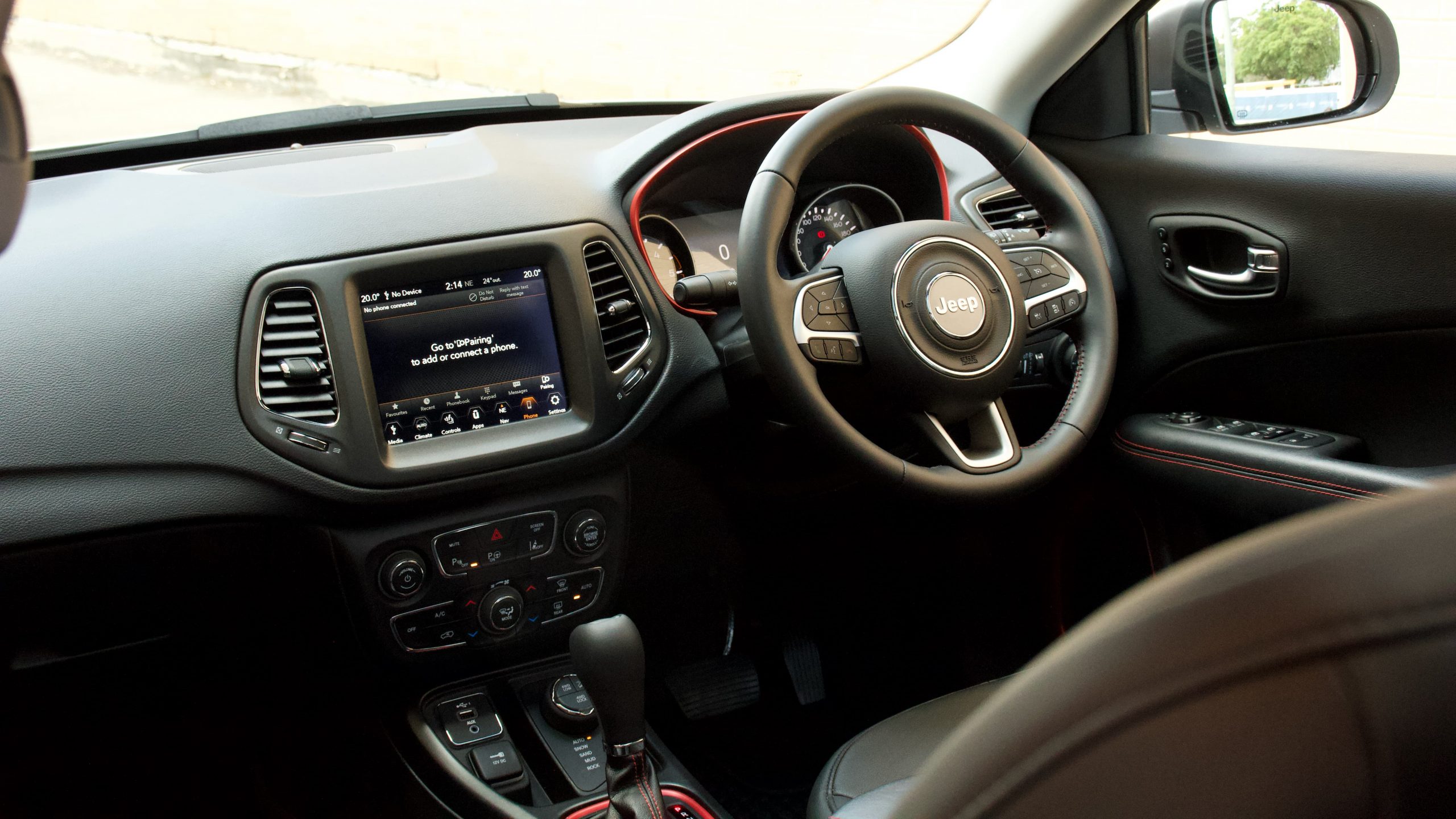
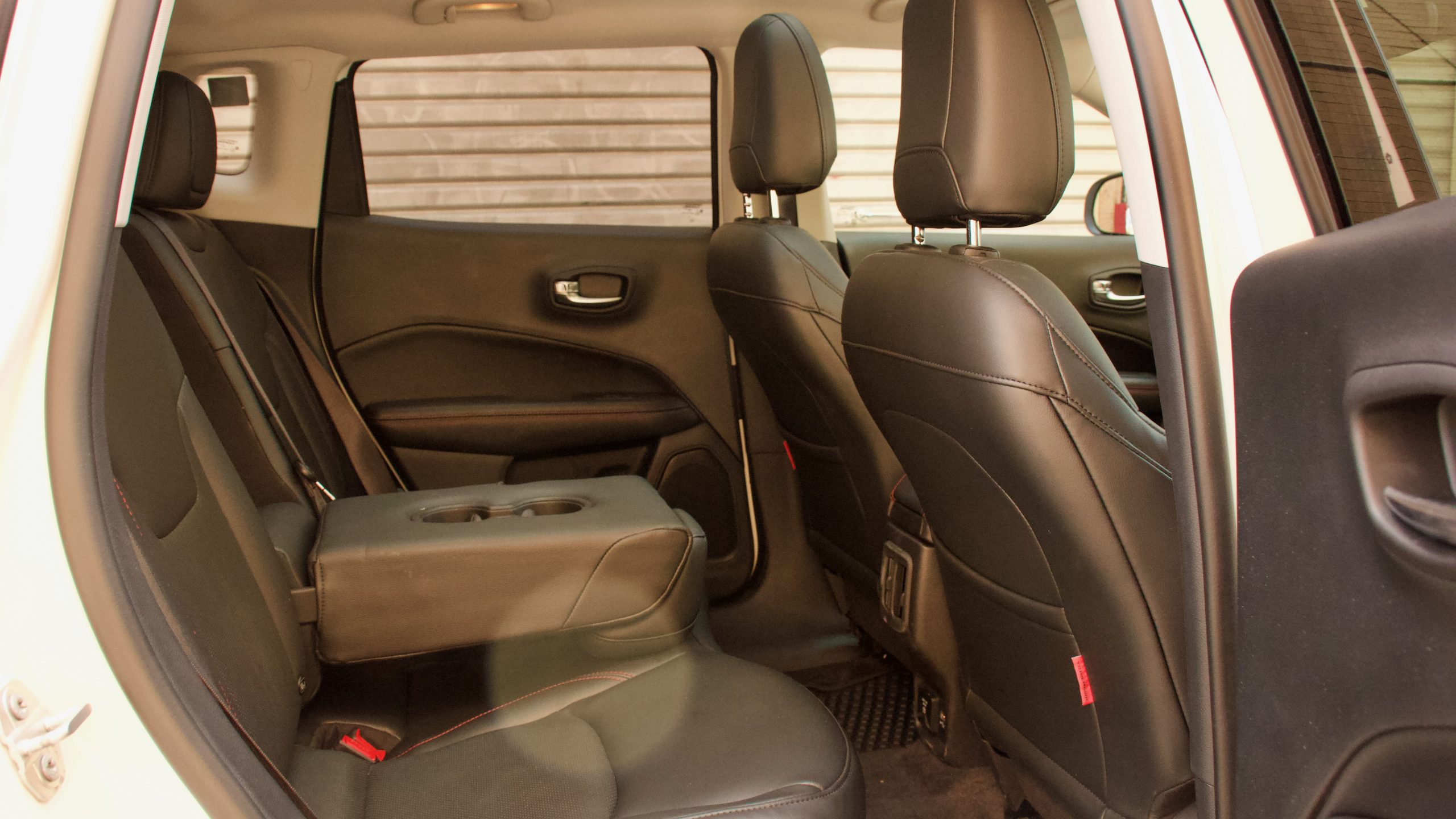
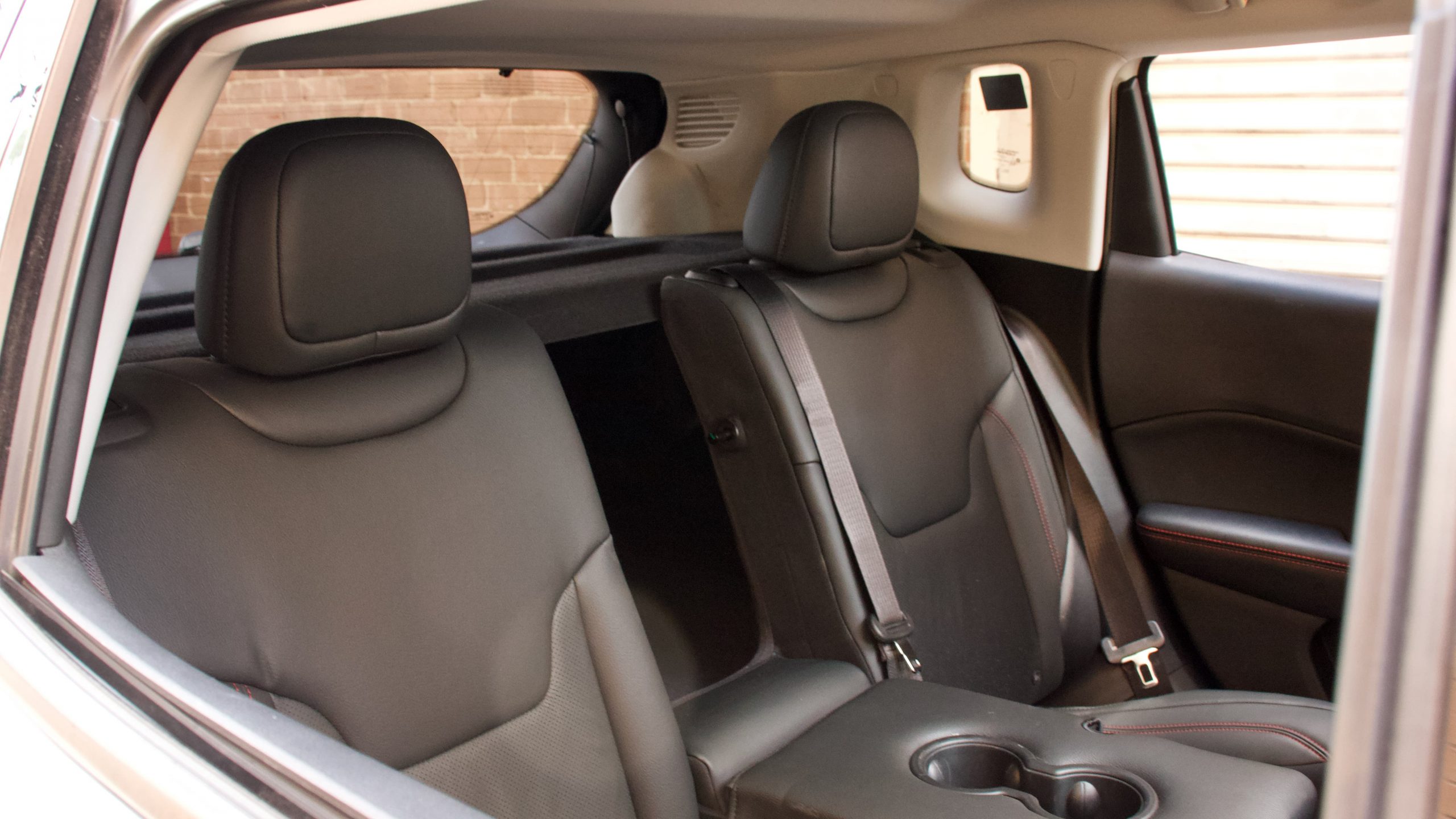
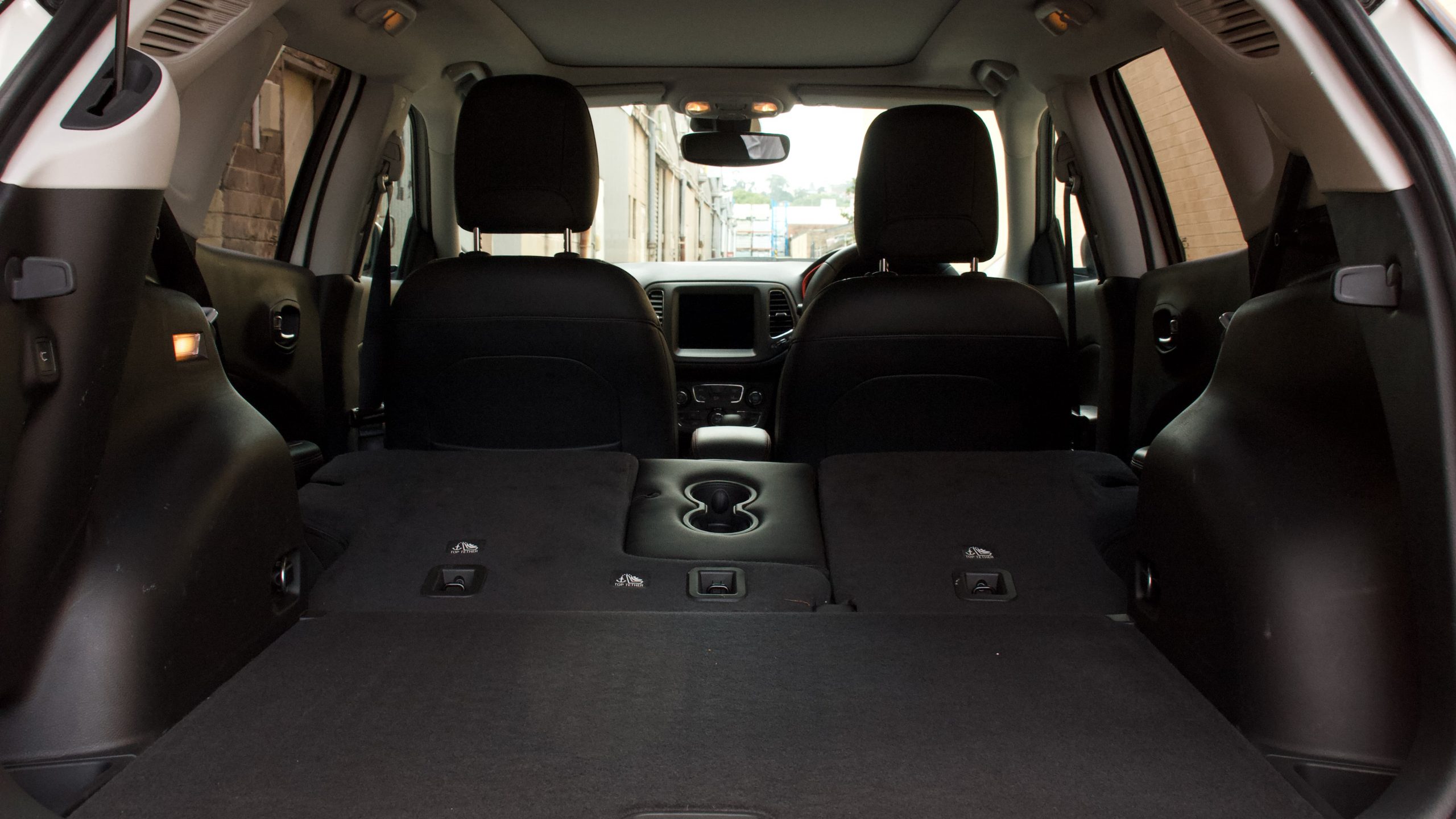
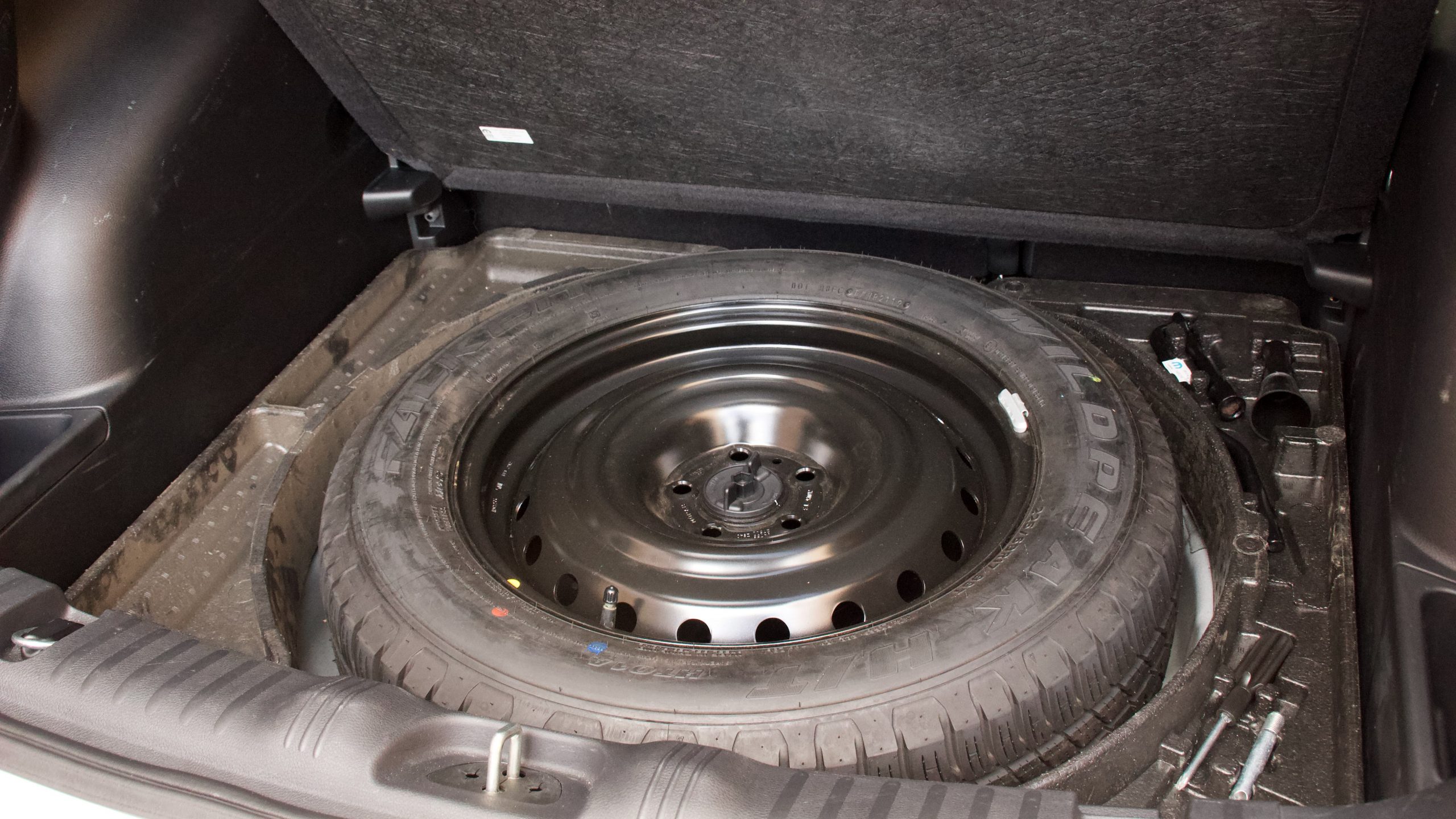
Leave a Reply